Day 82 - Visiting Three Temples In Nogata, The Kyushu 108 Temple Pilgrimage, Japan
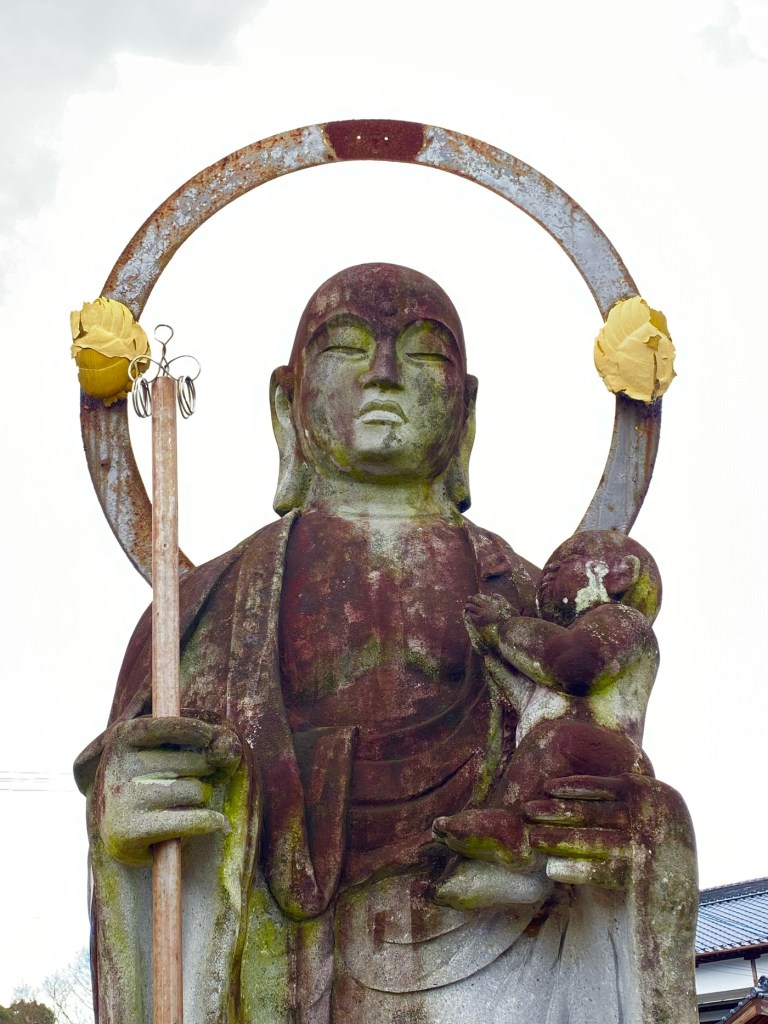
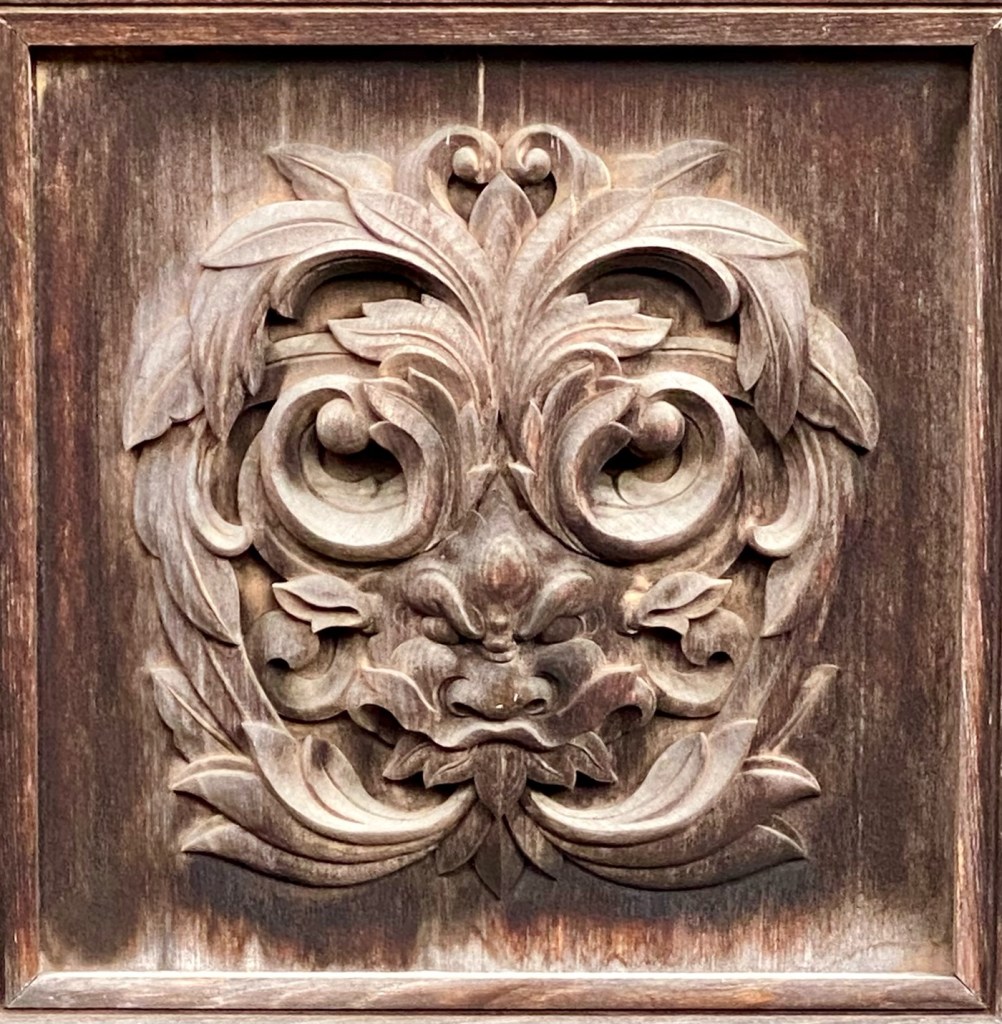
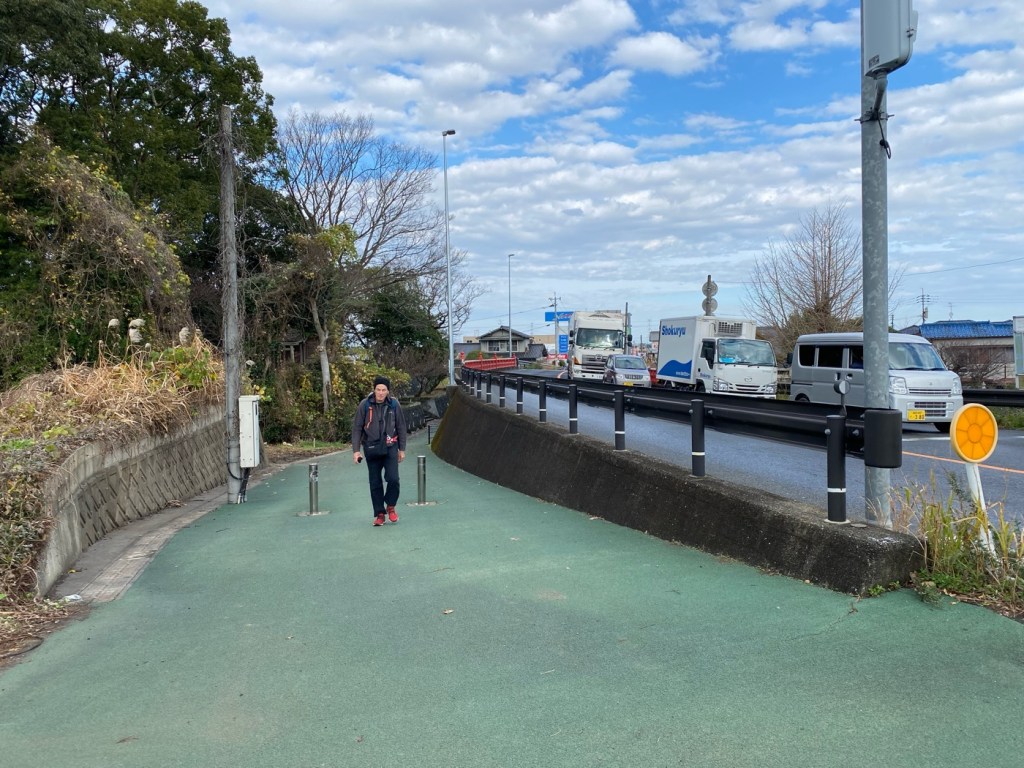

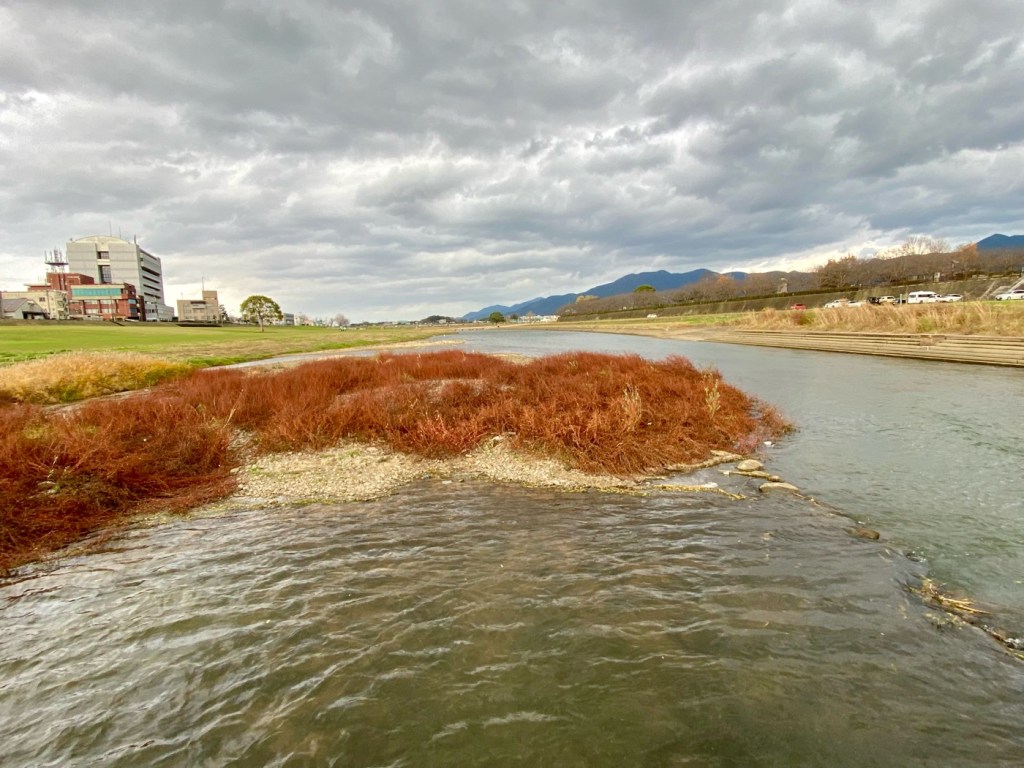
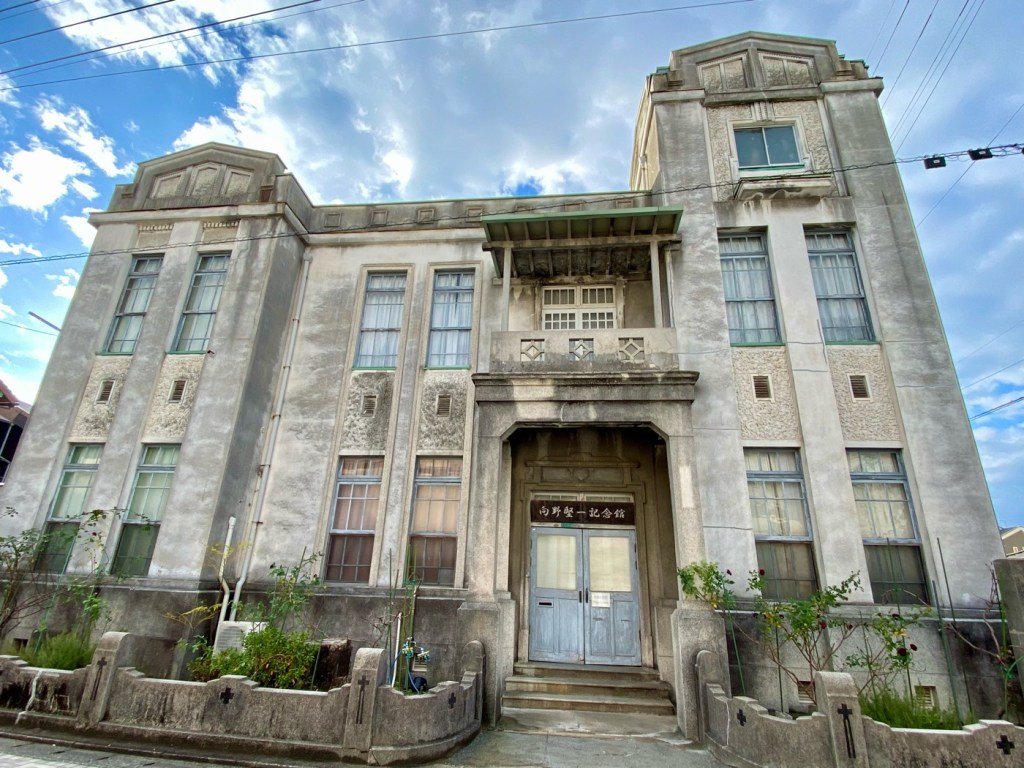
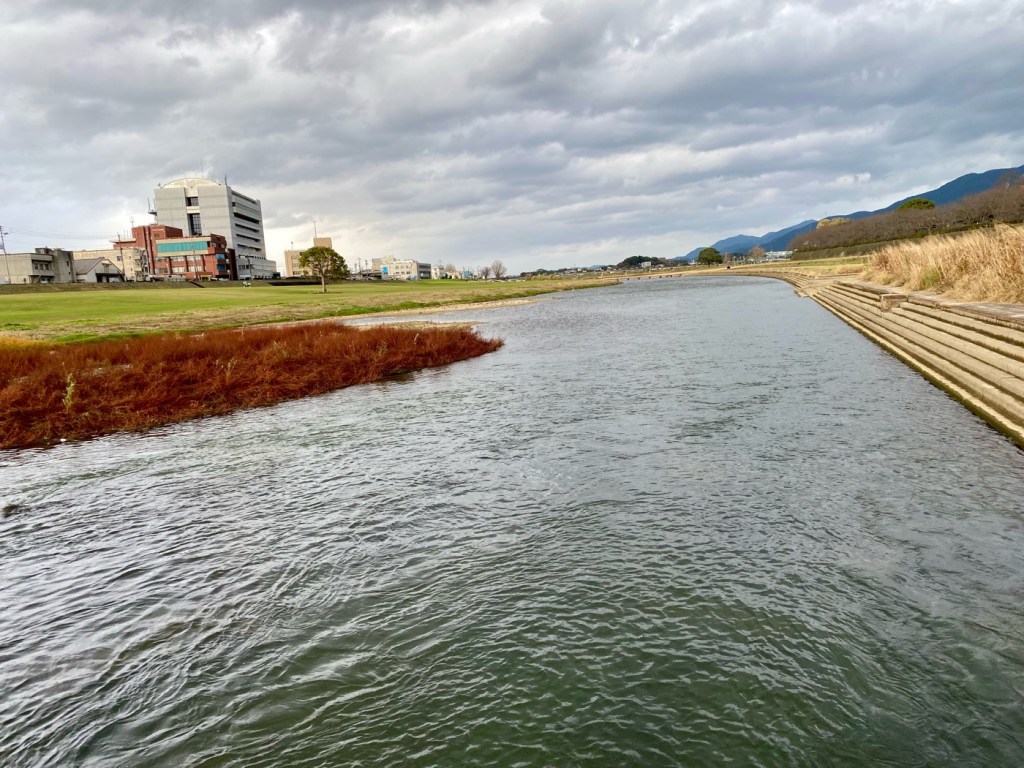
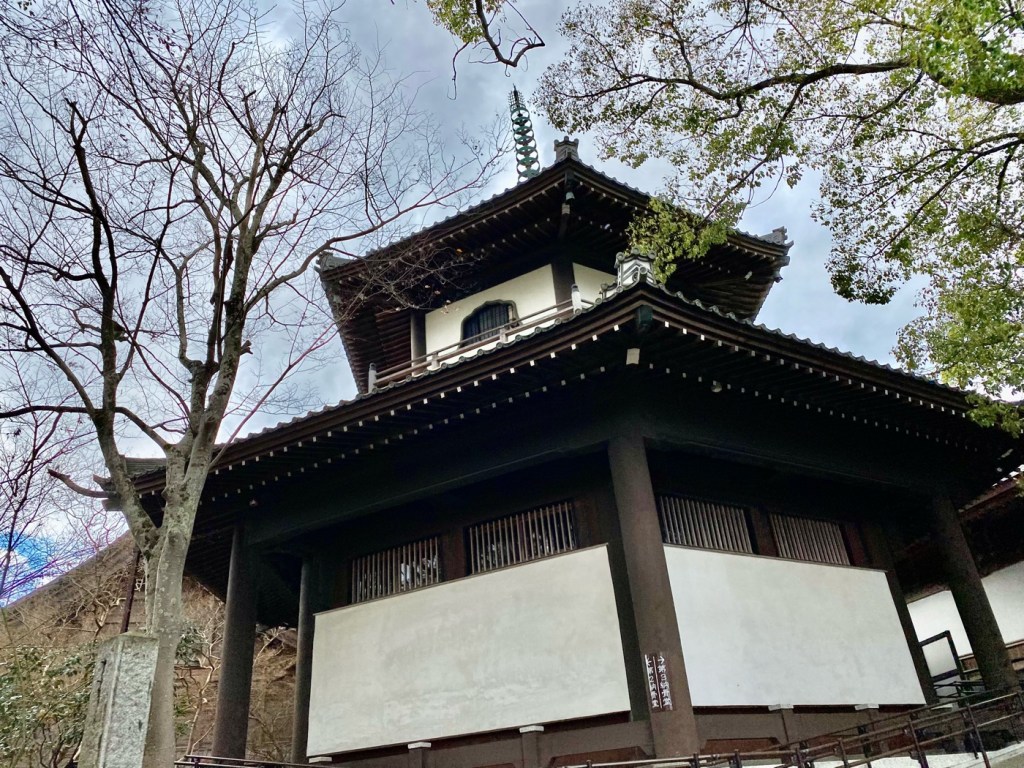
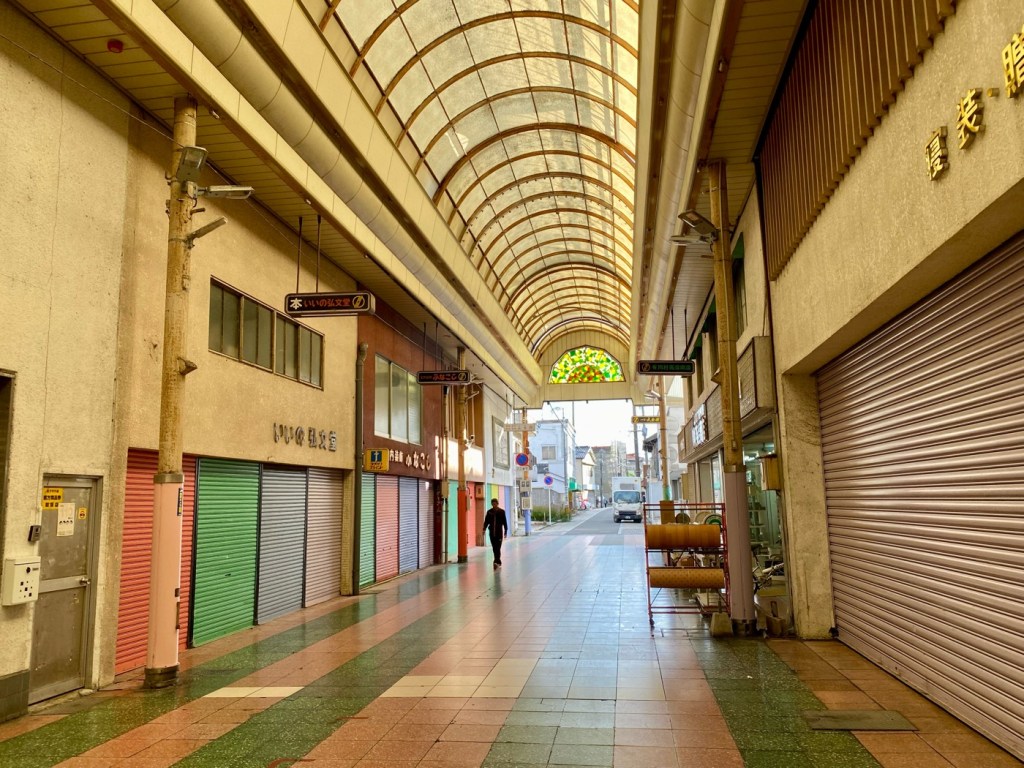
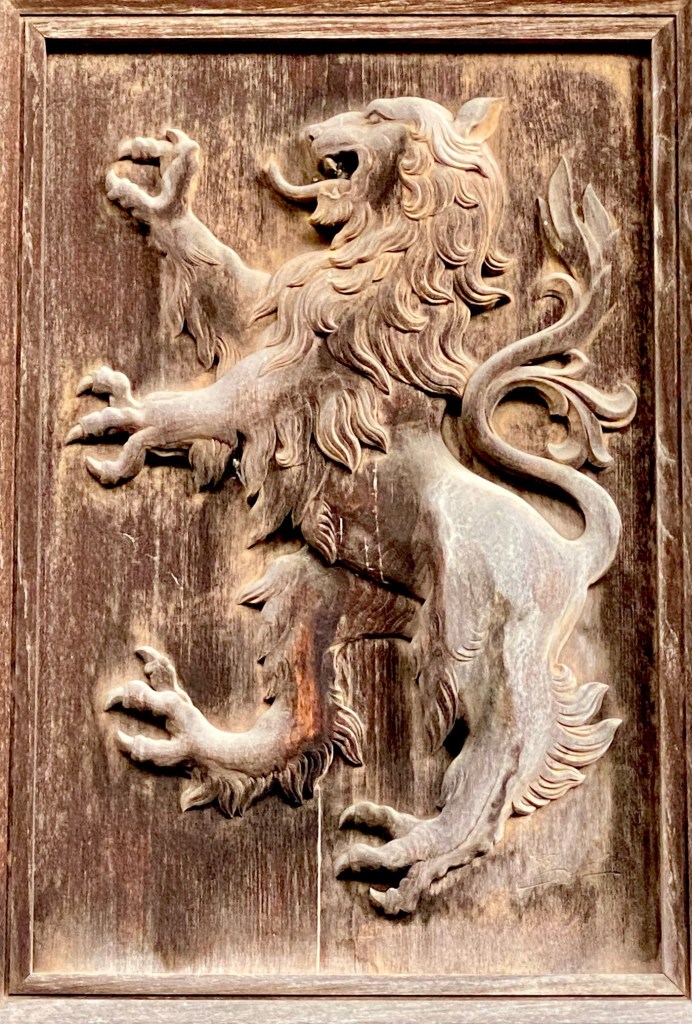
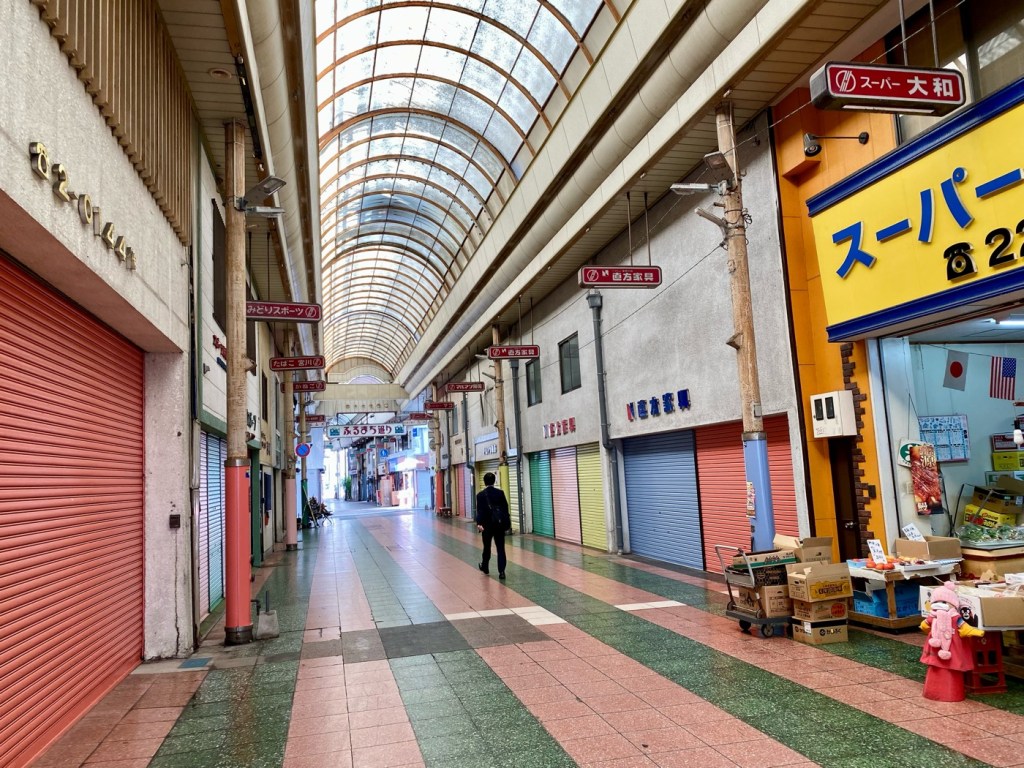
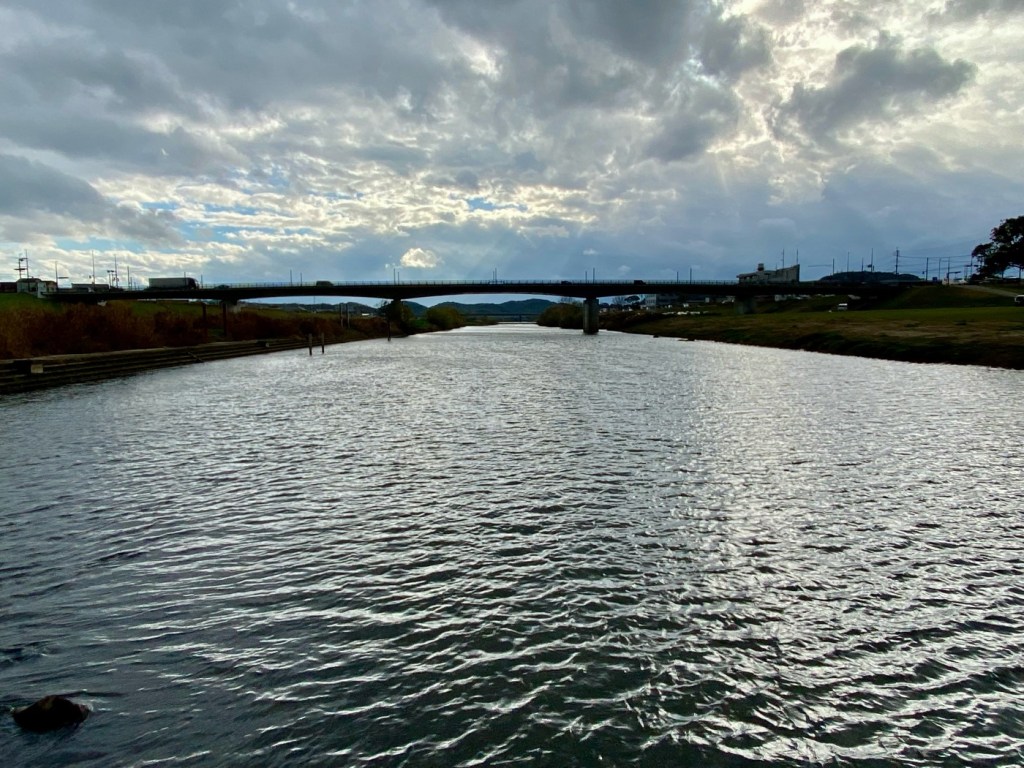
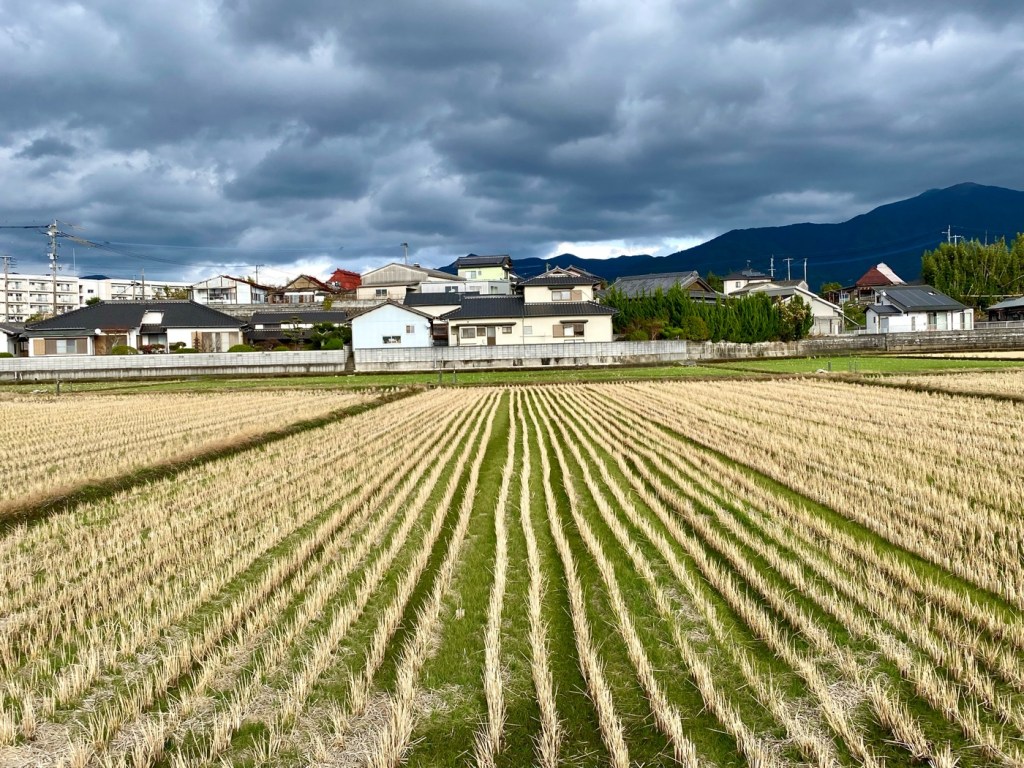
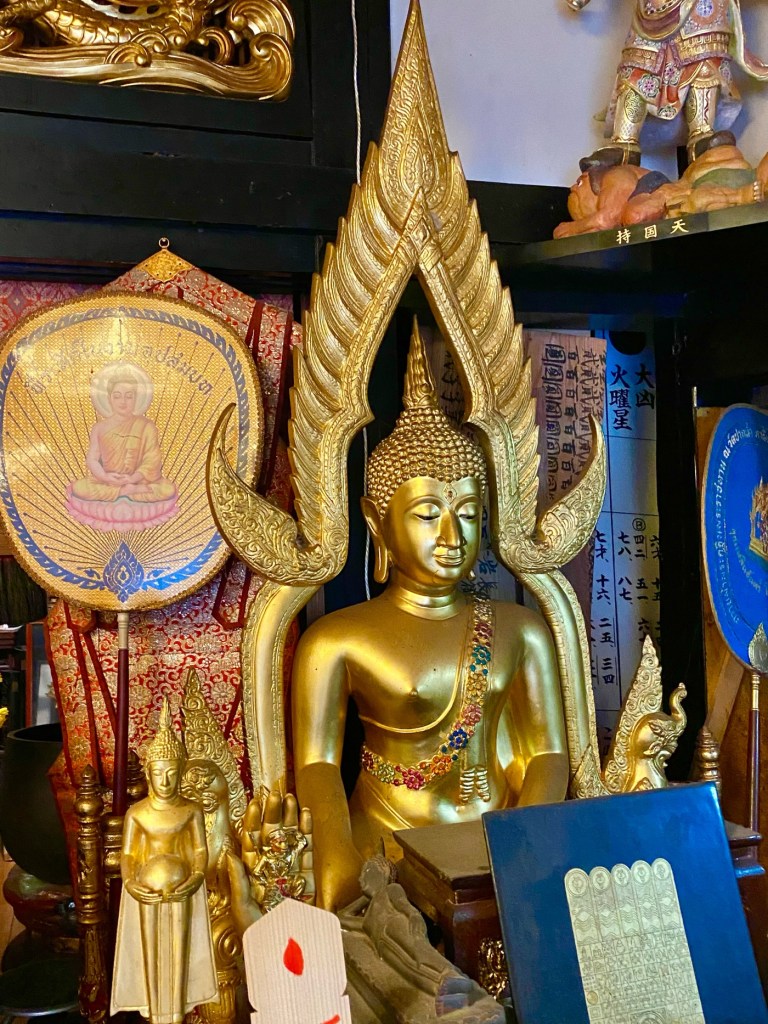
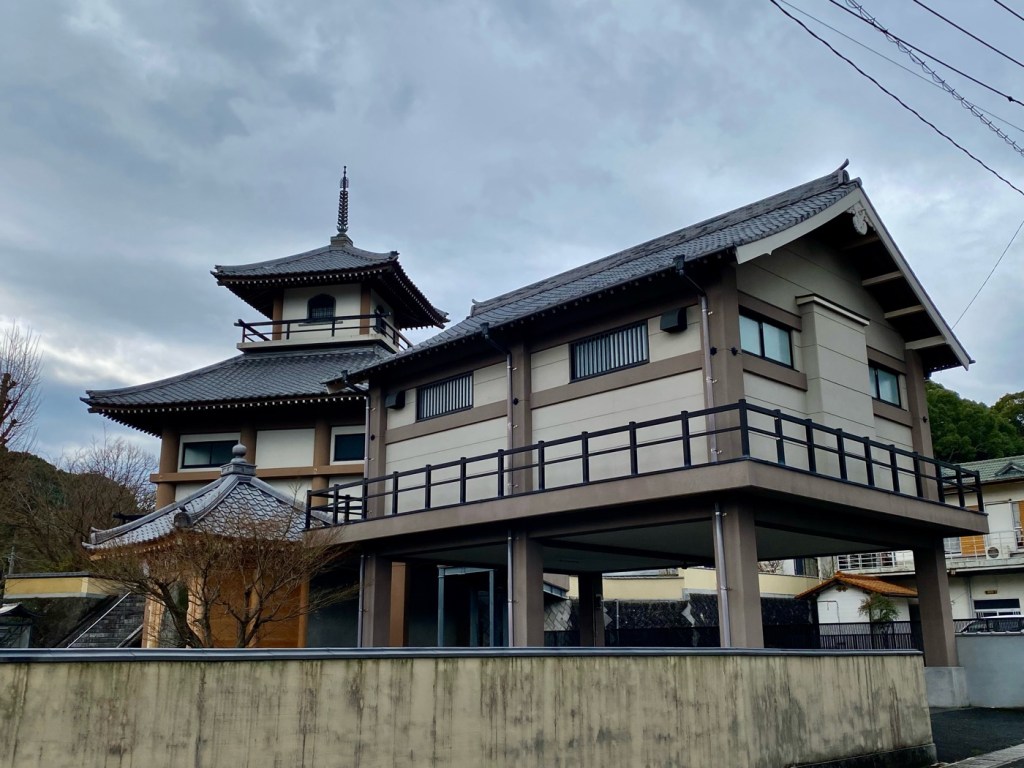
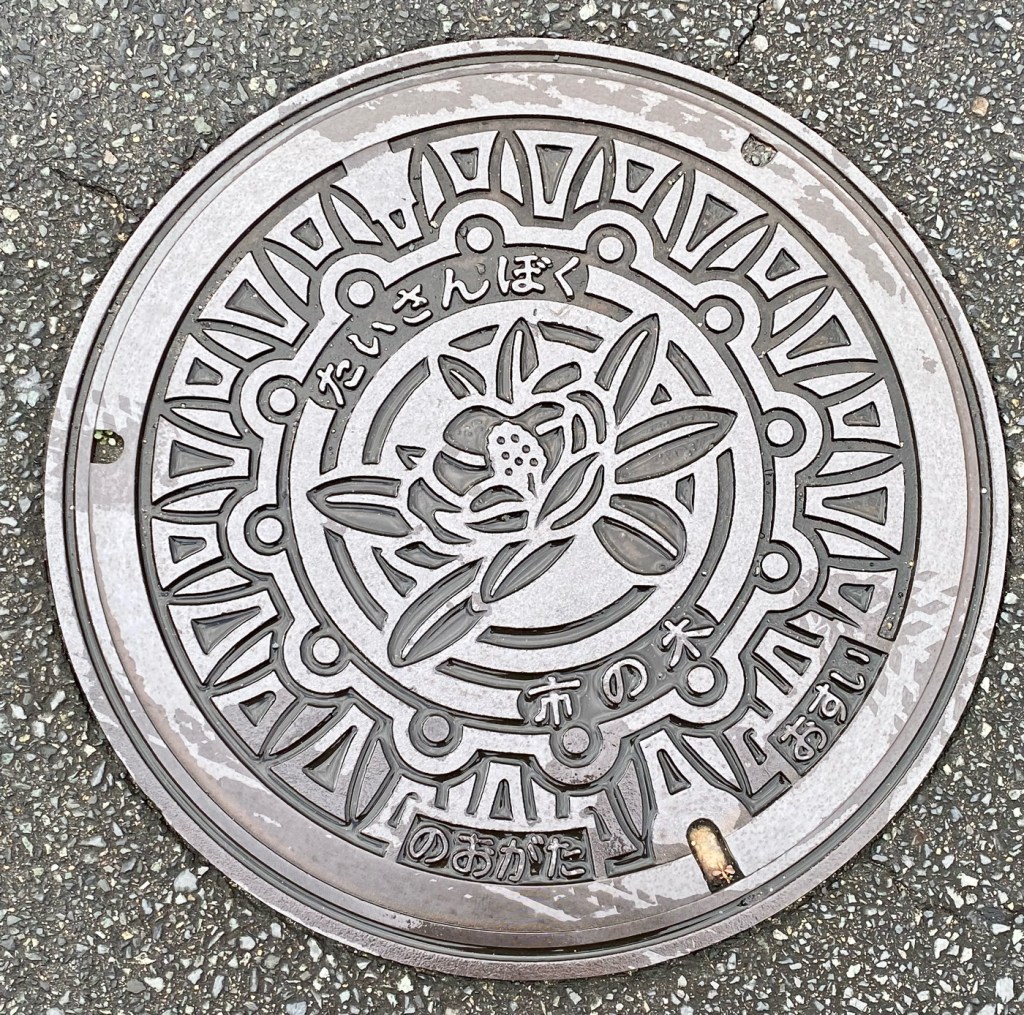
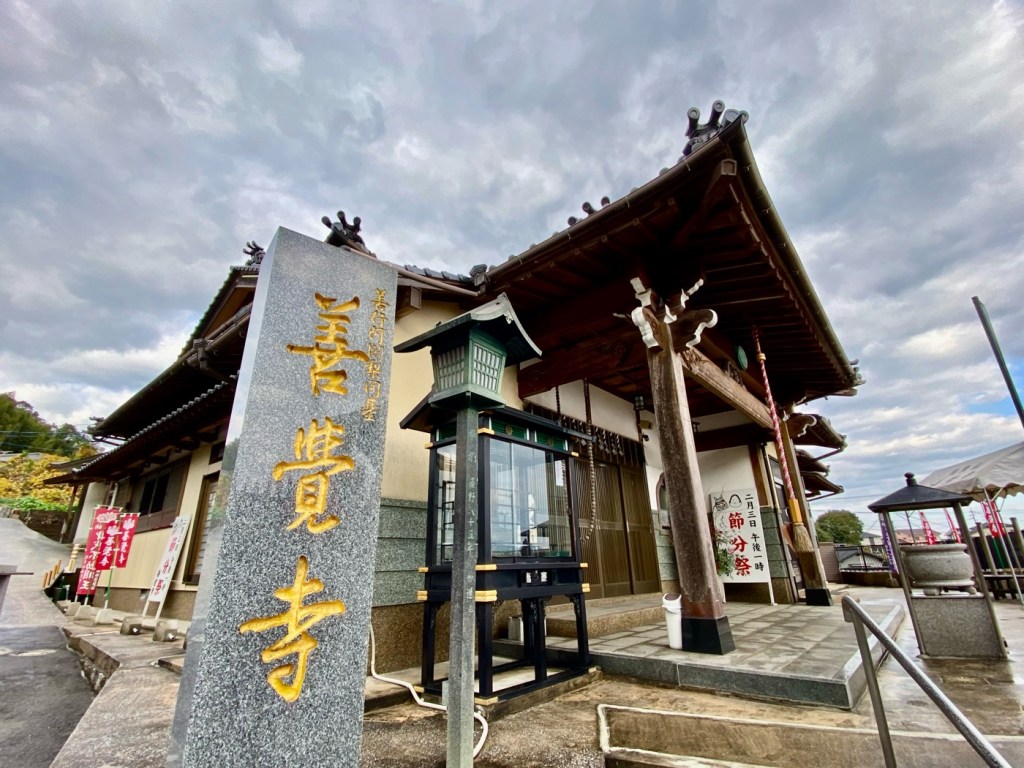

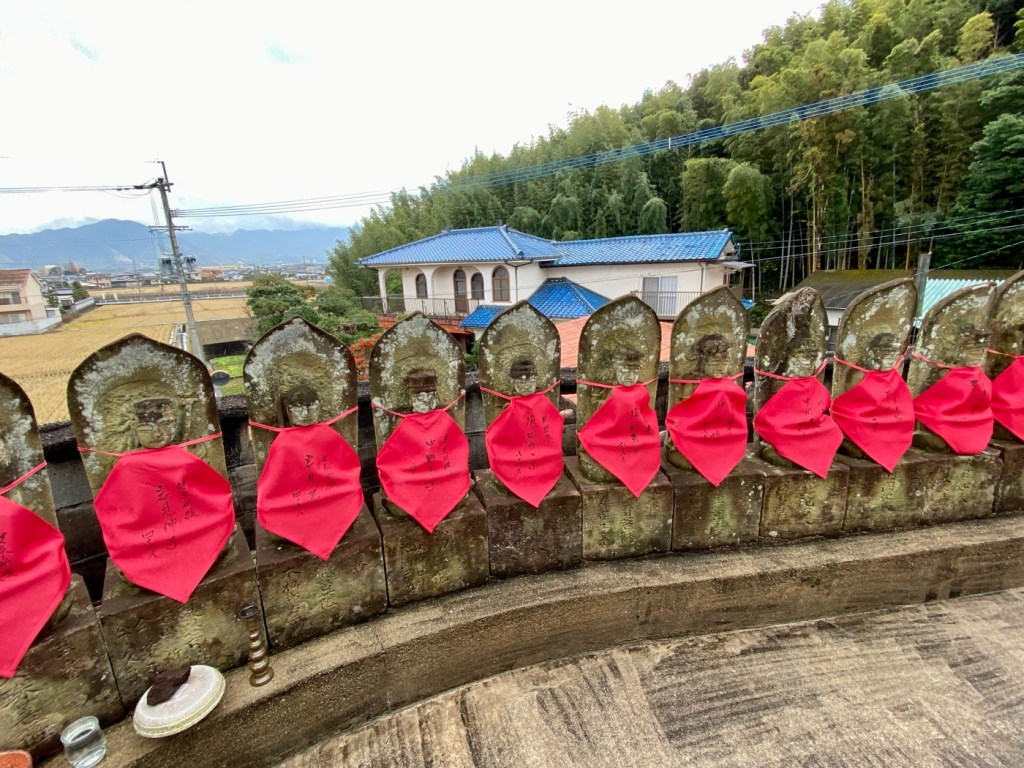

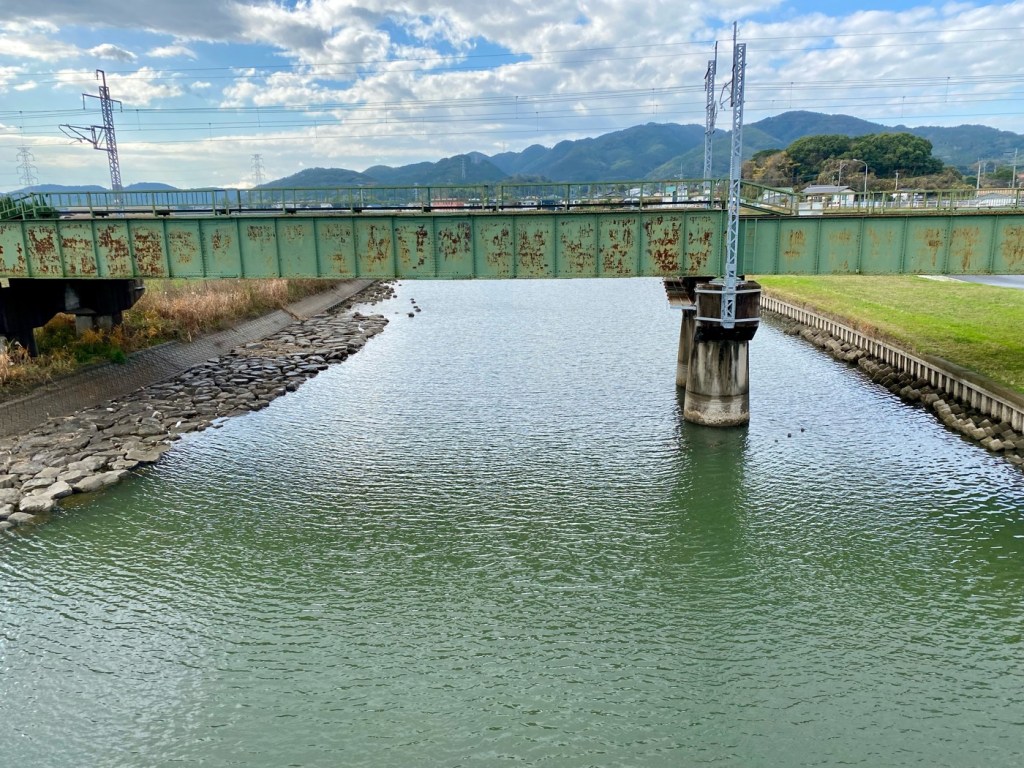
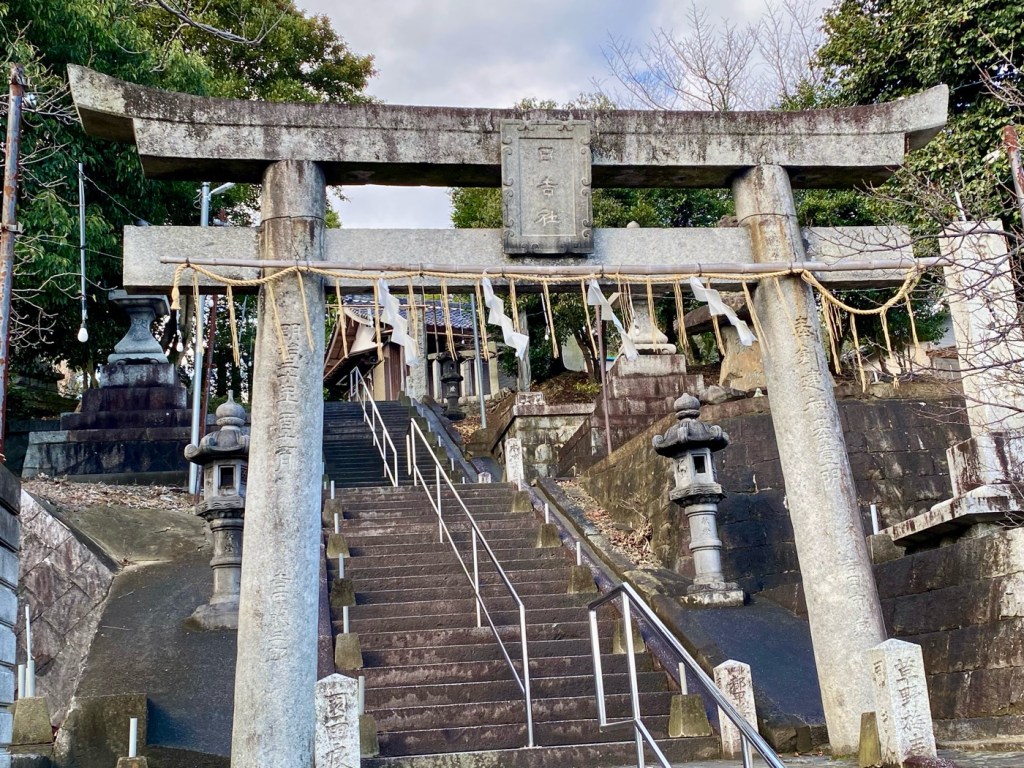
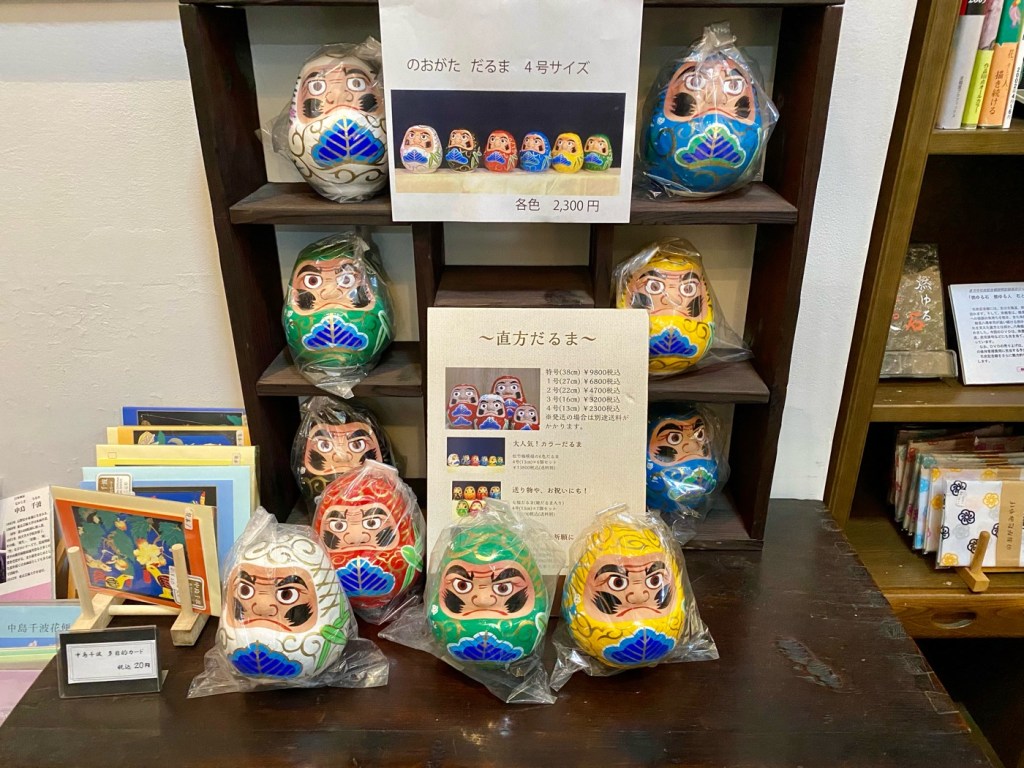
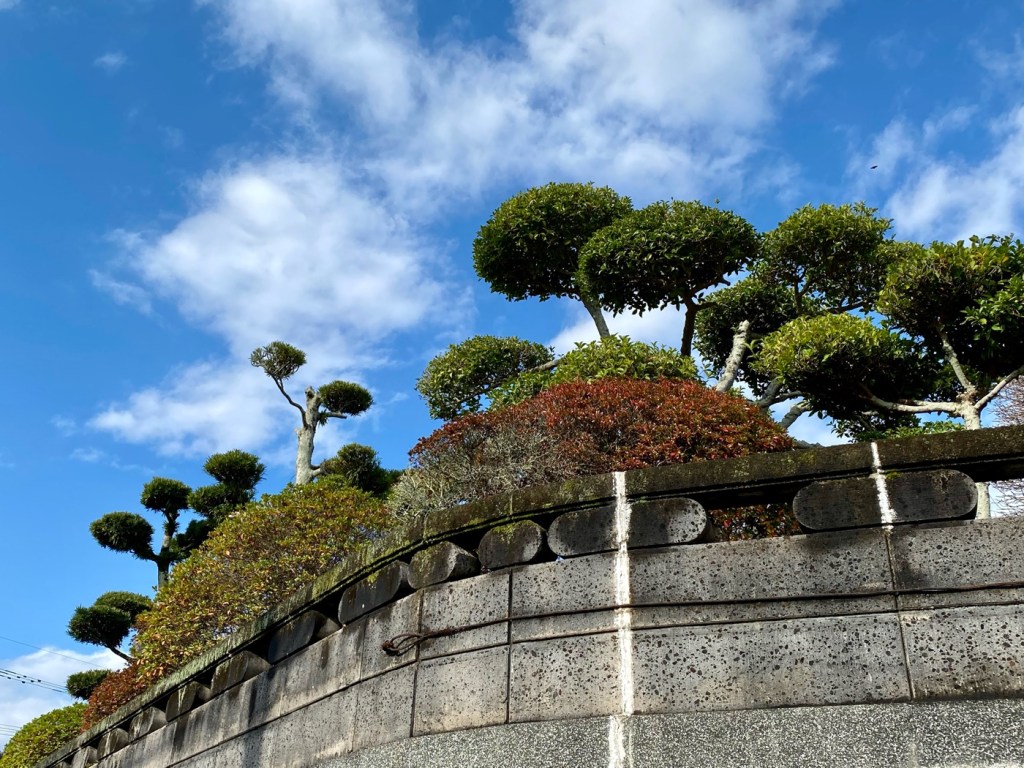
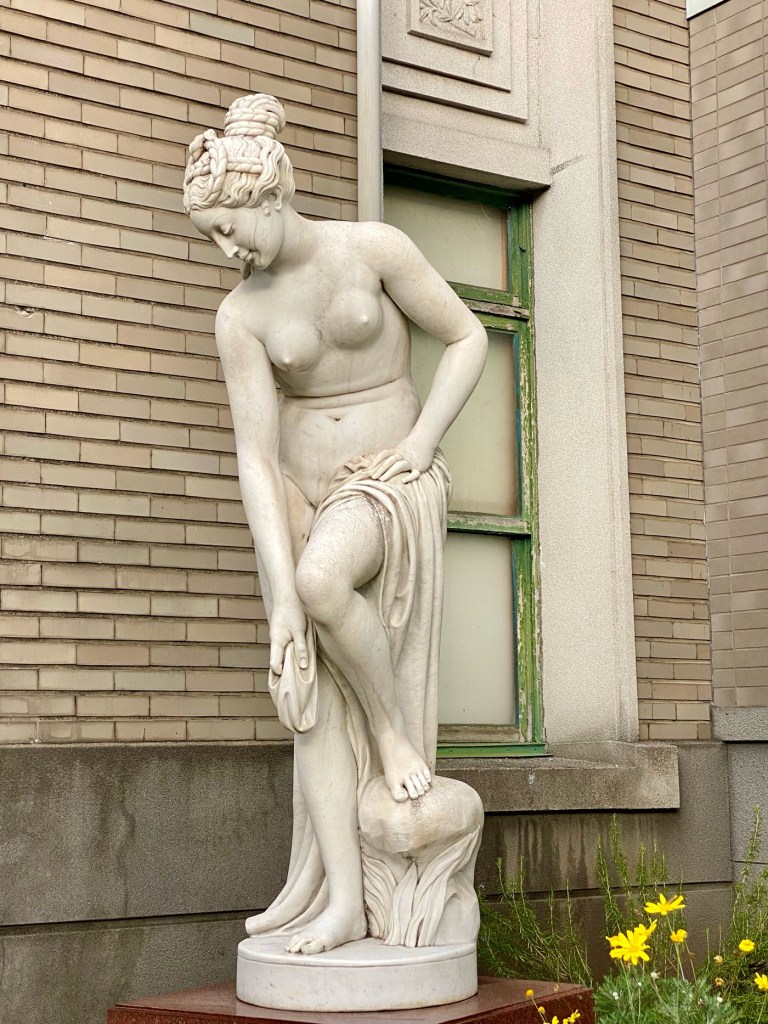
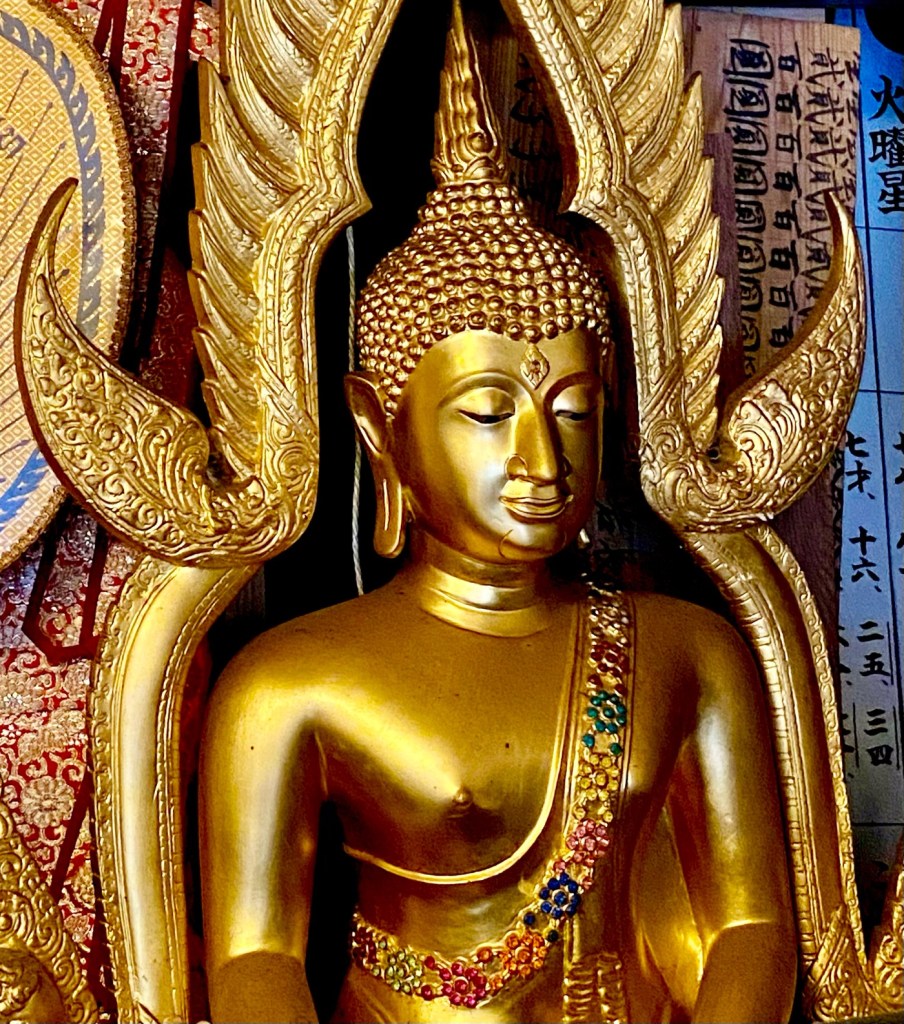
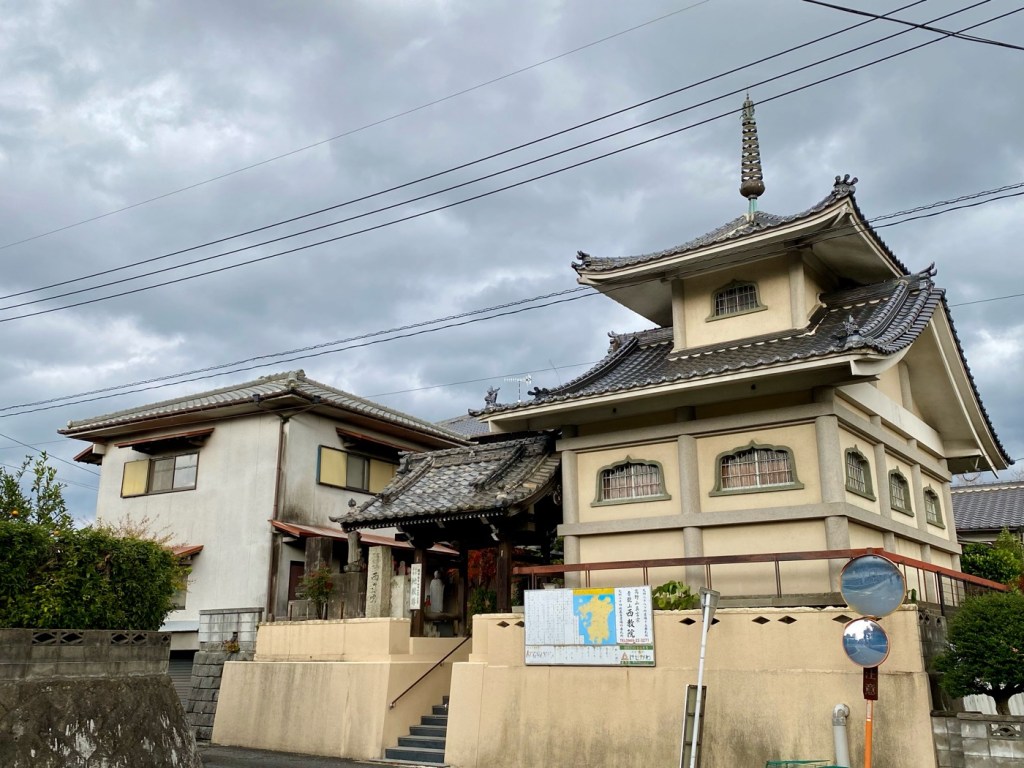
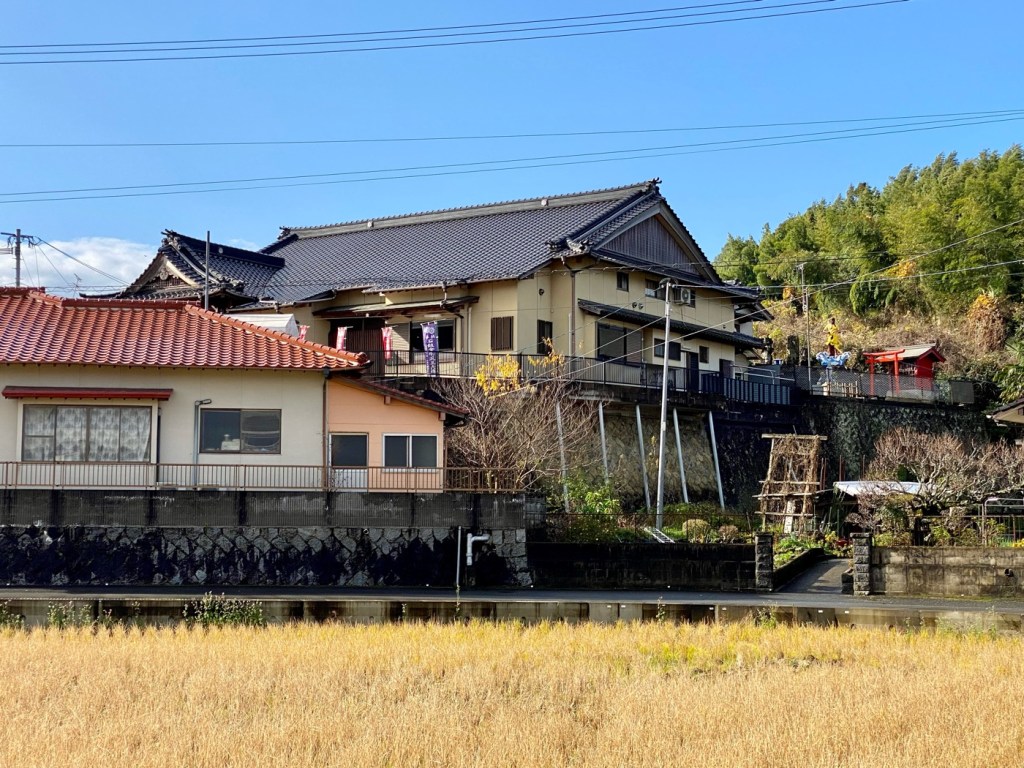
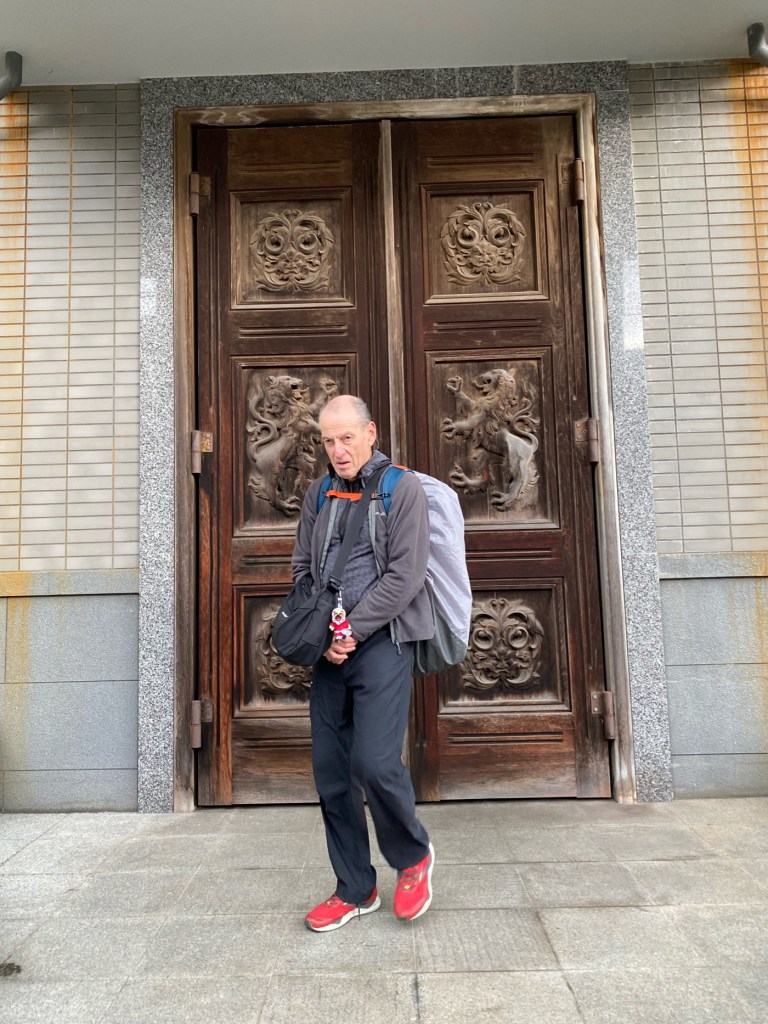

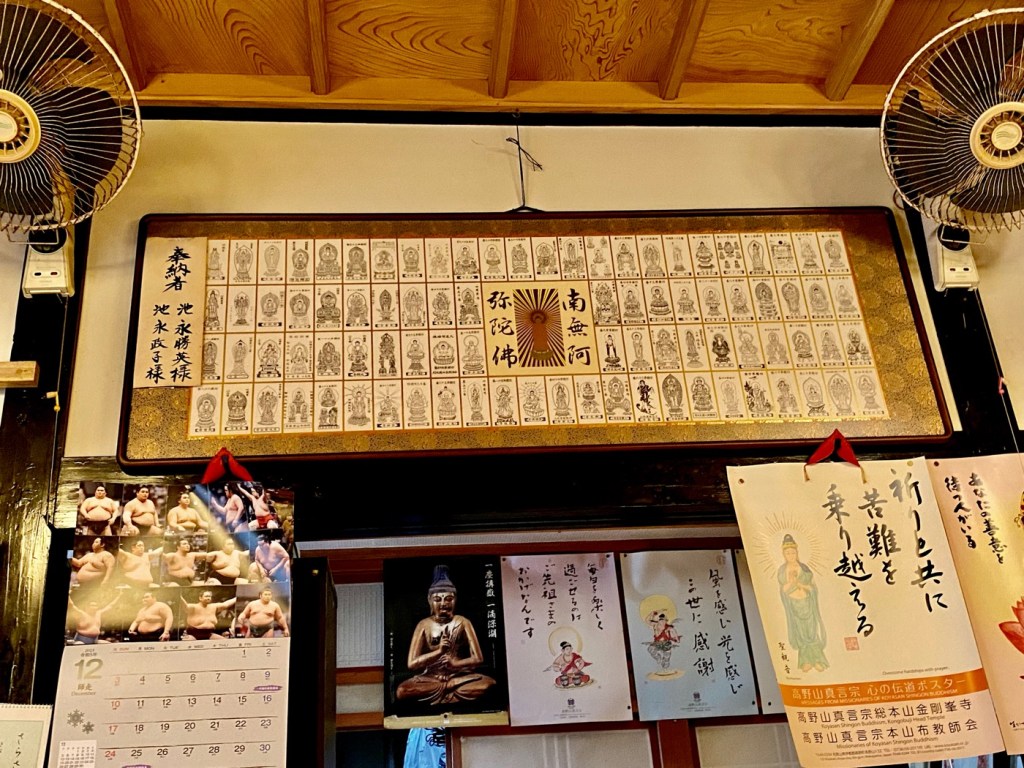
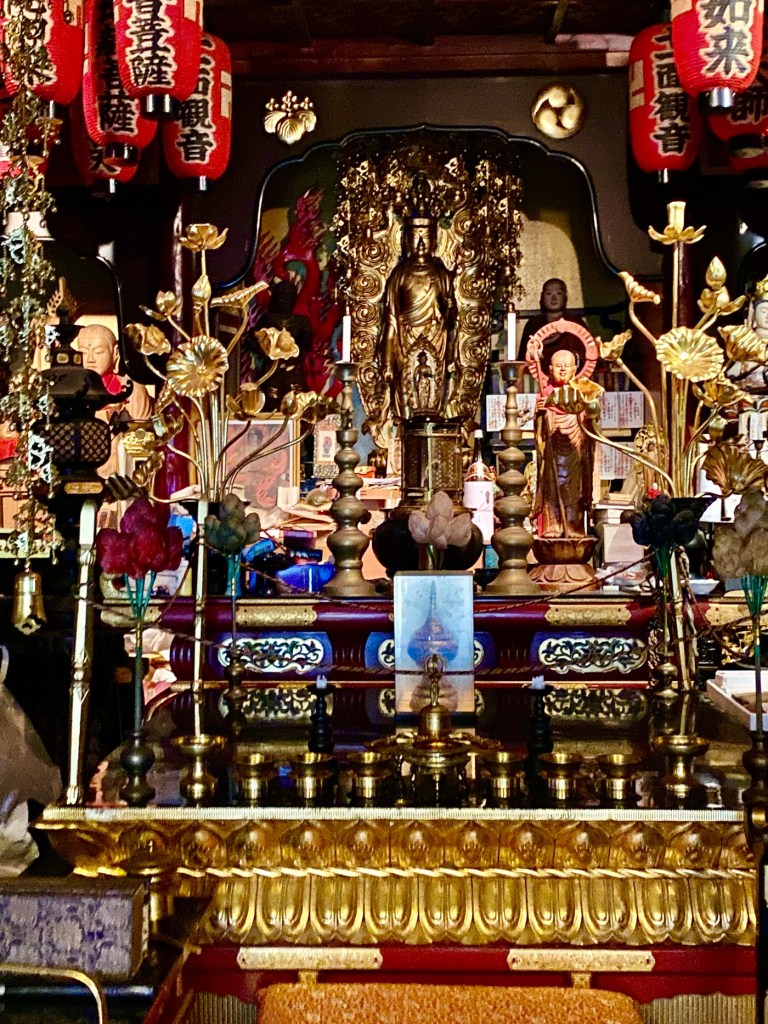
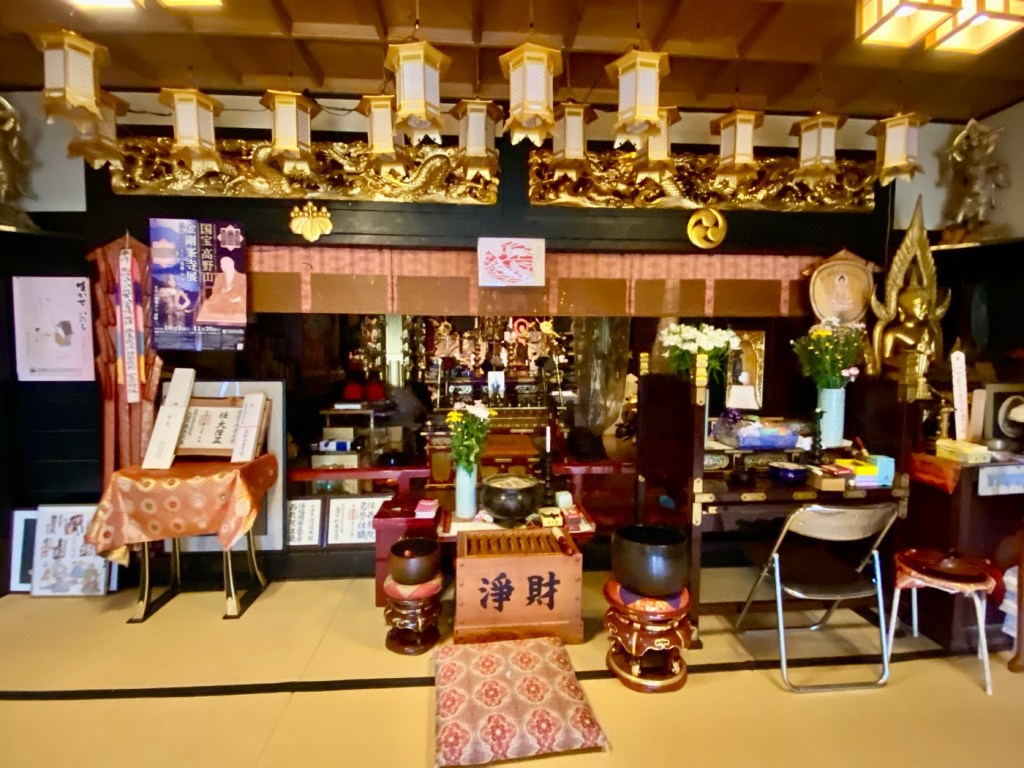
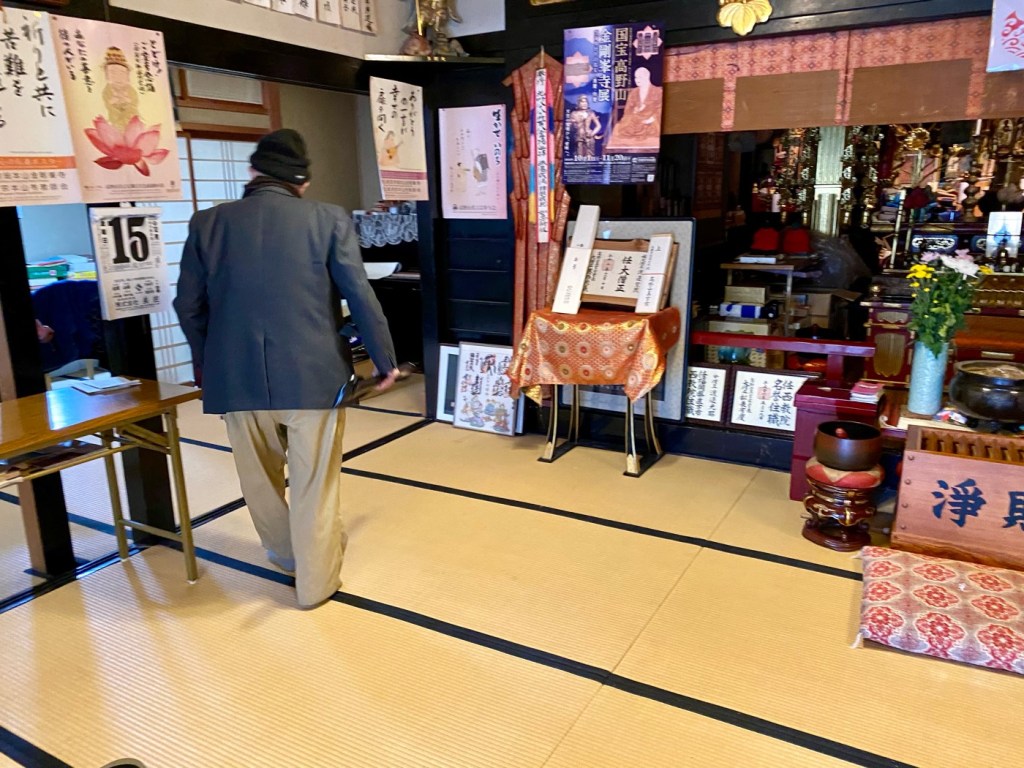
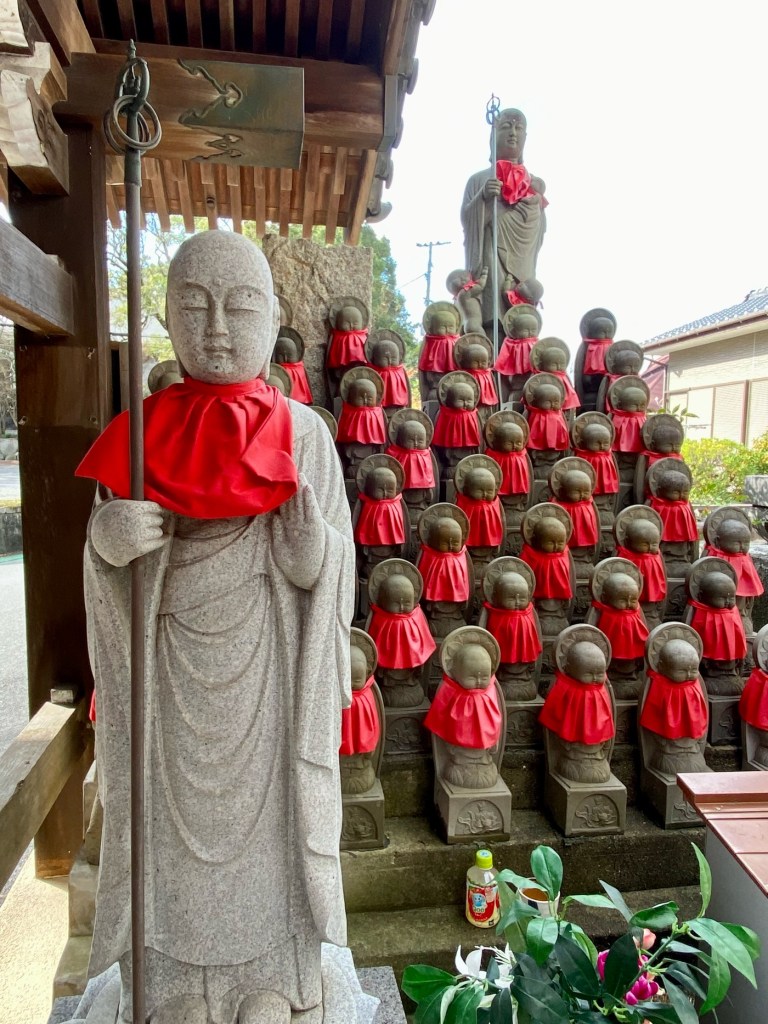
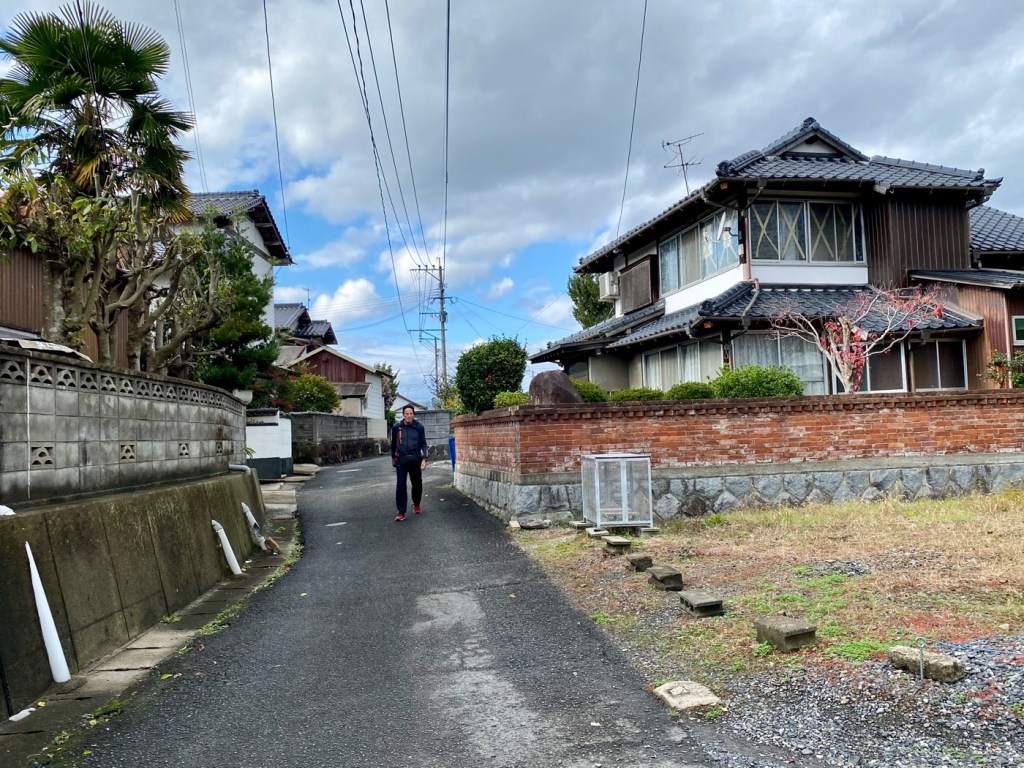
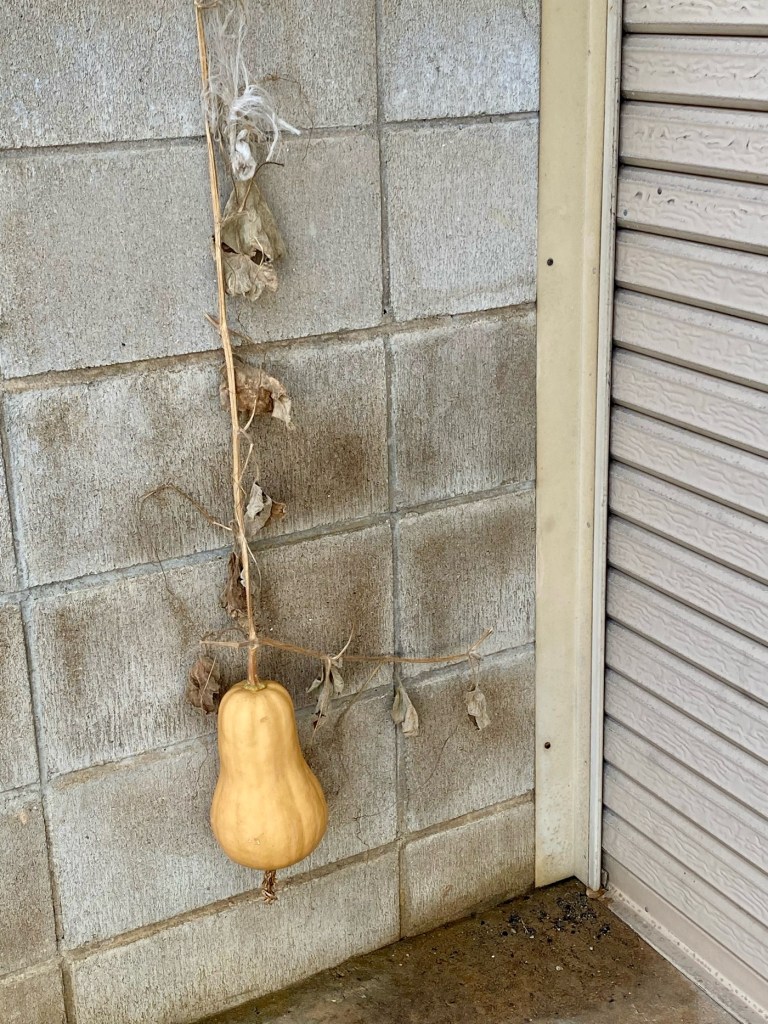
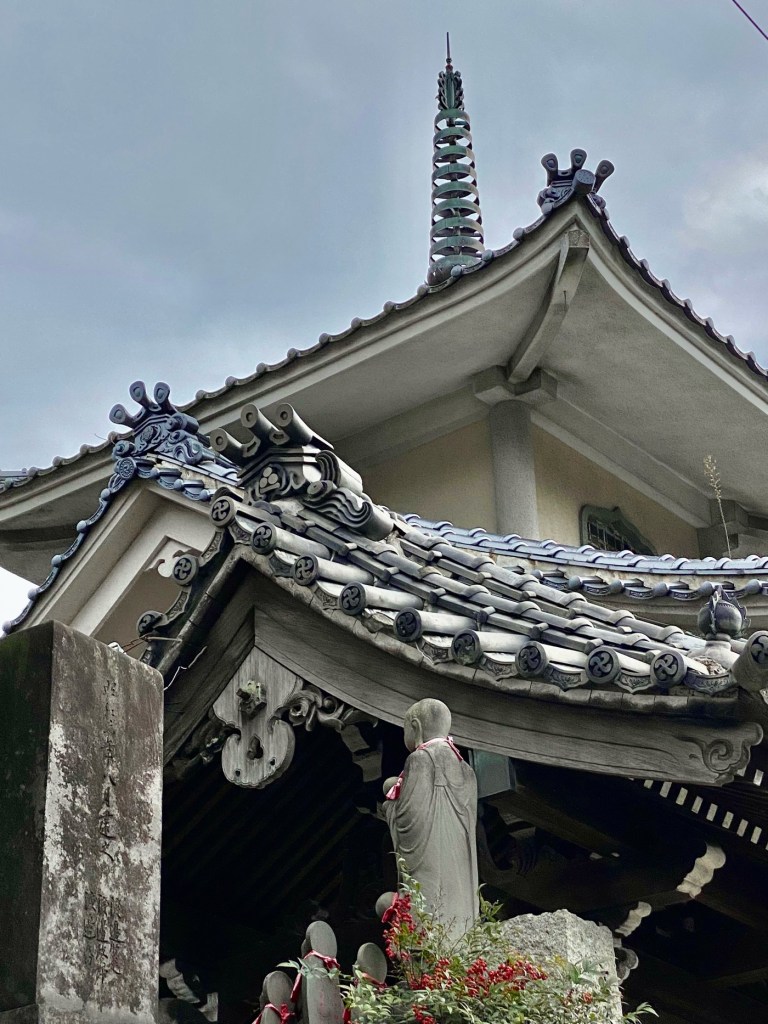


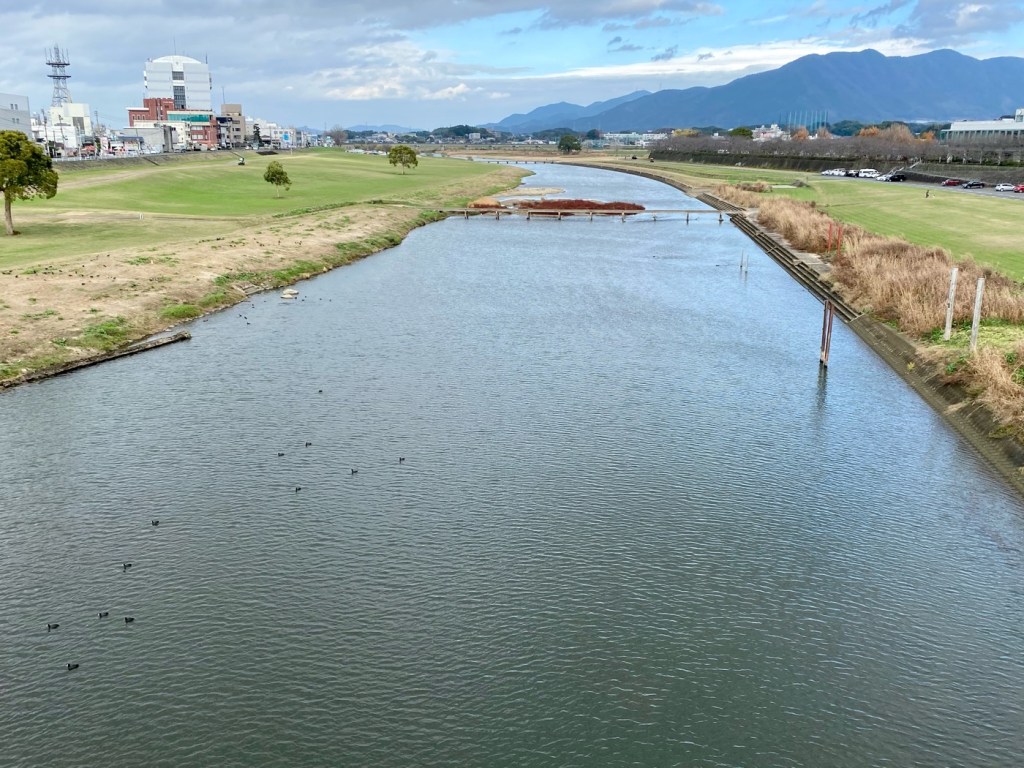

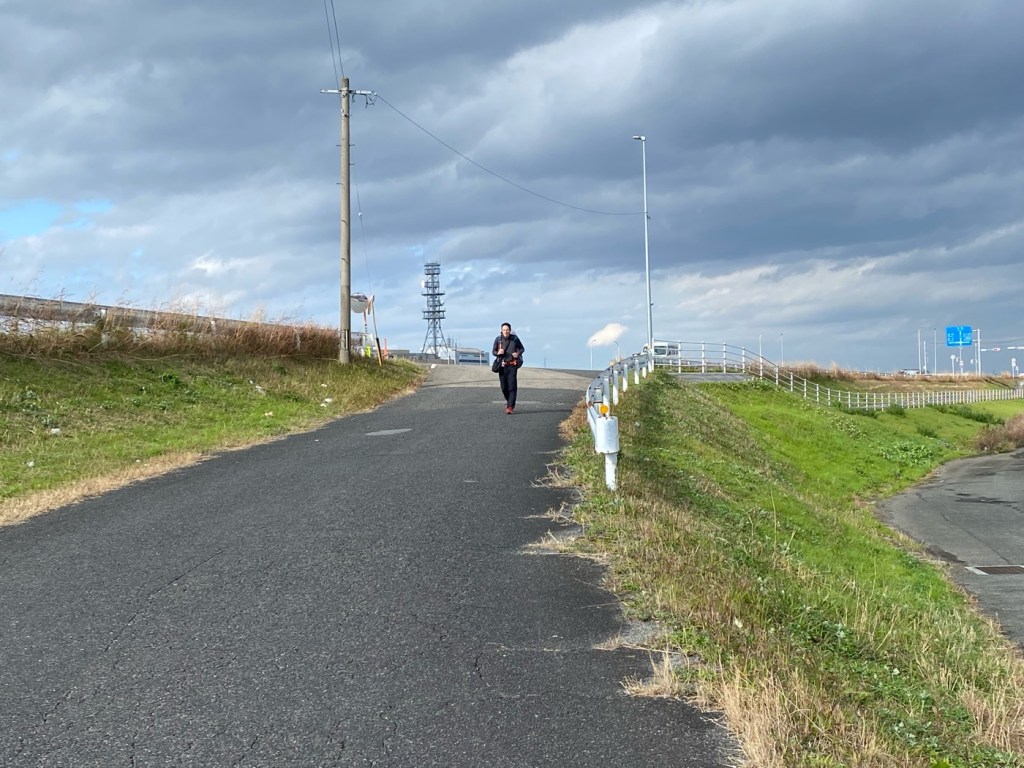
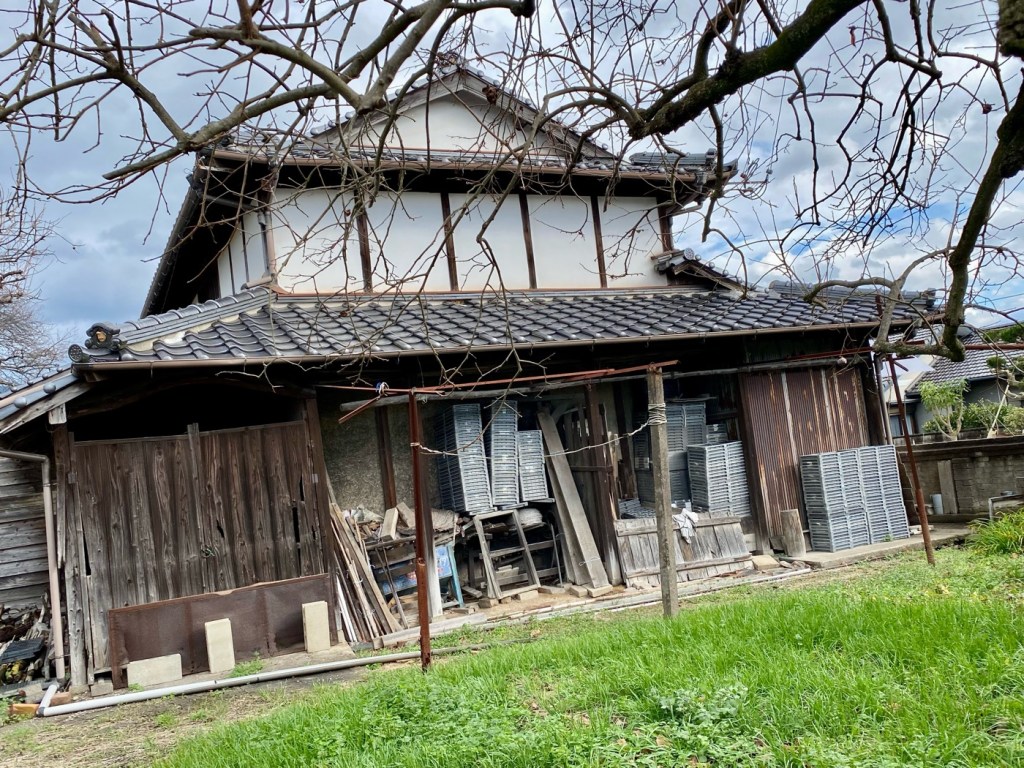
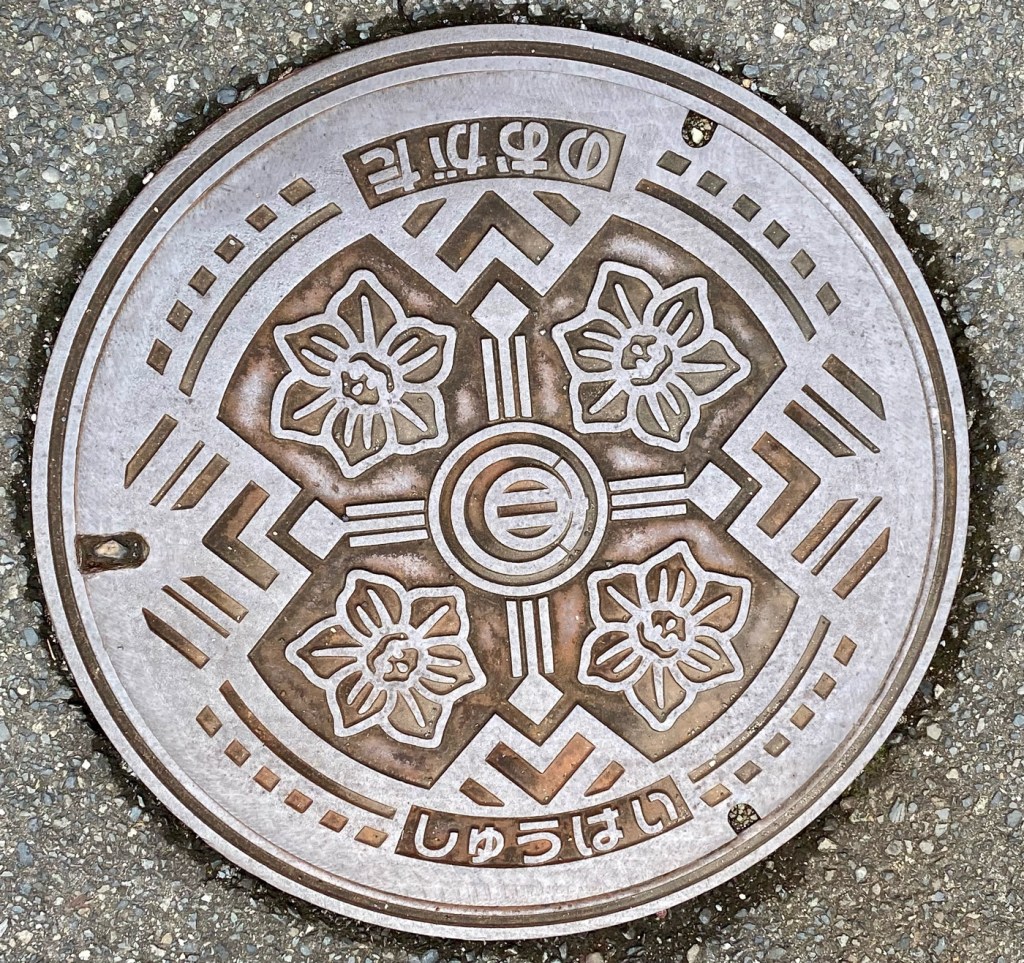
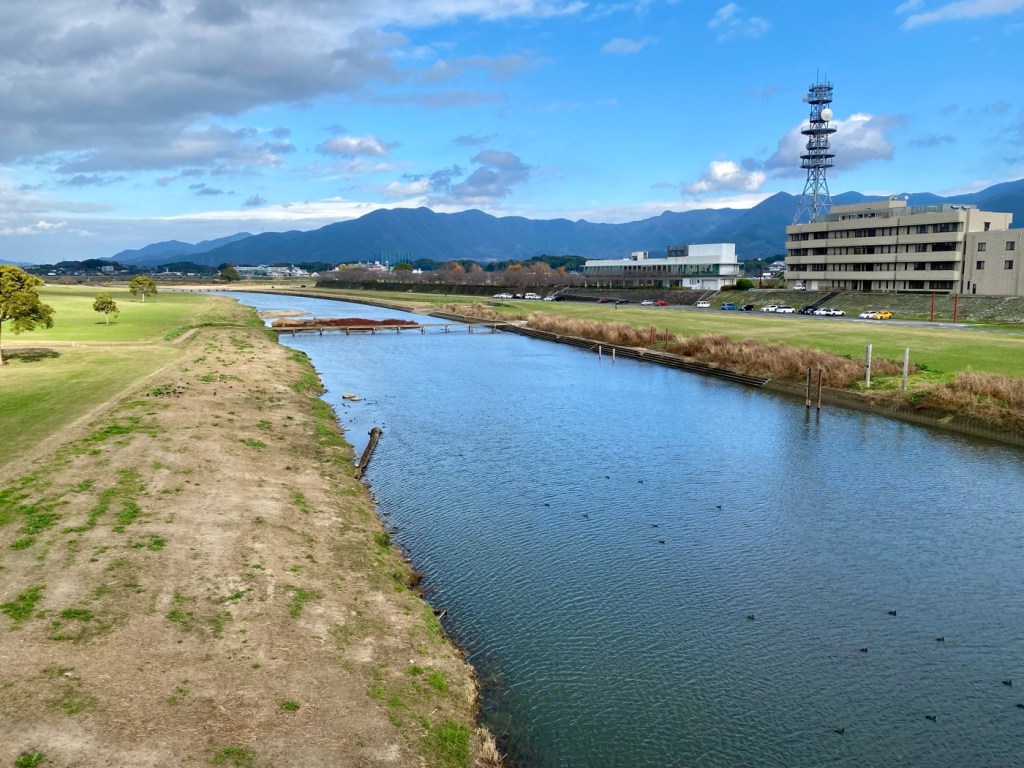
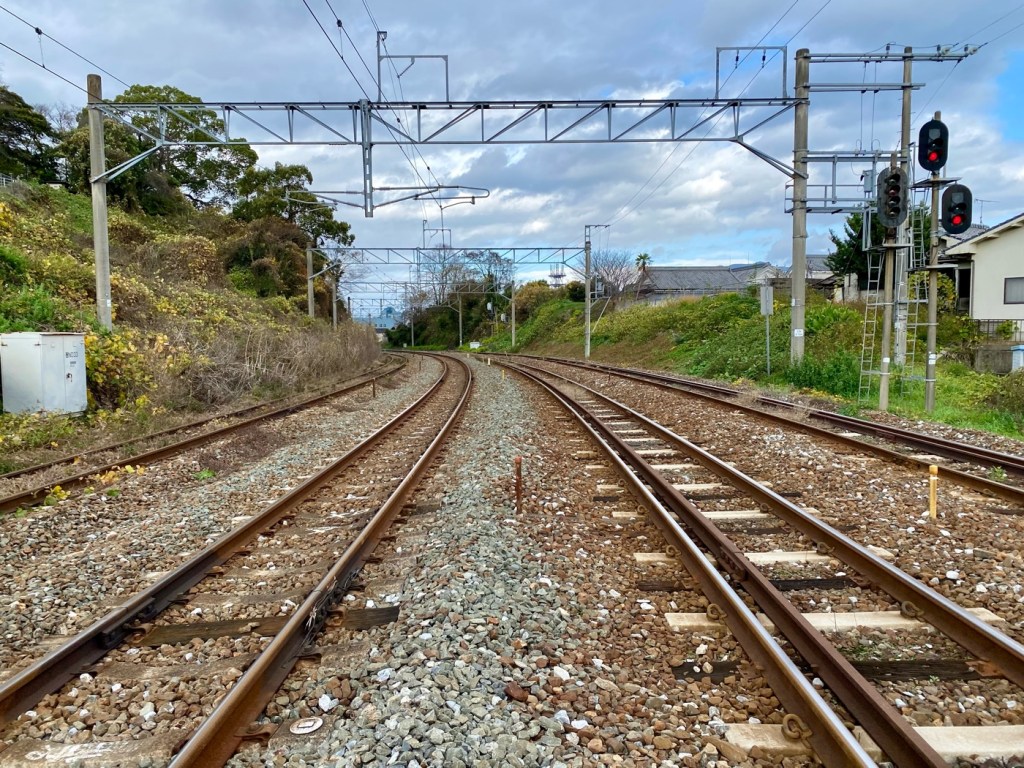

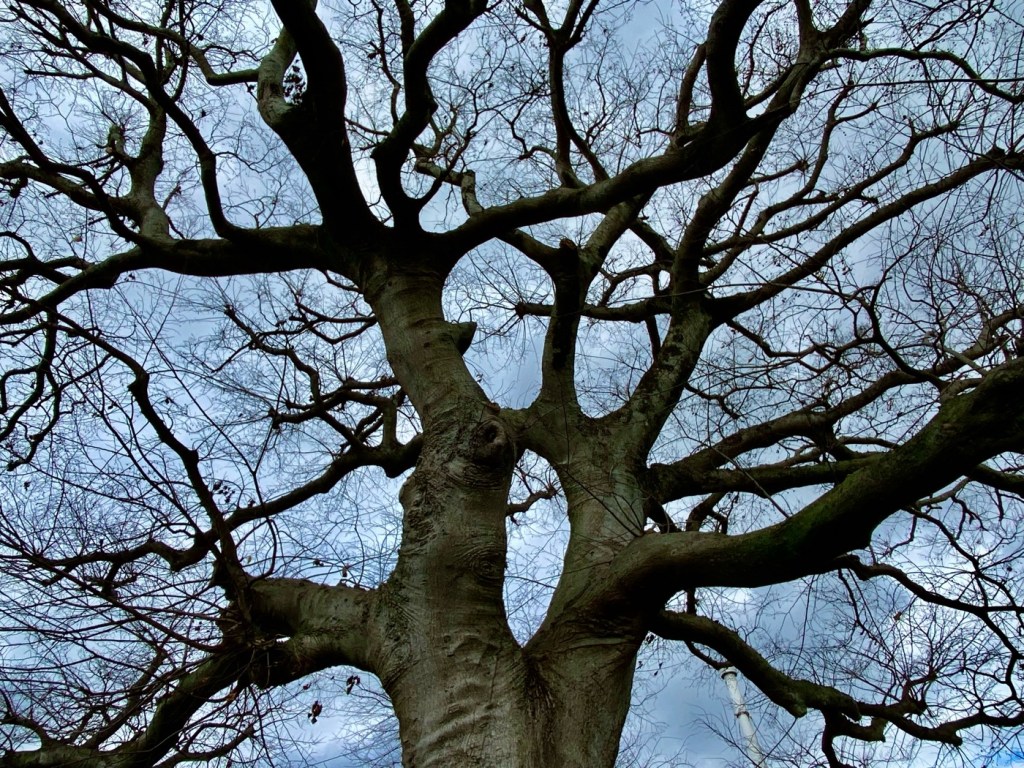
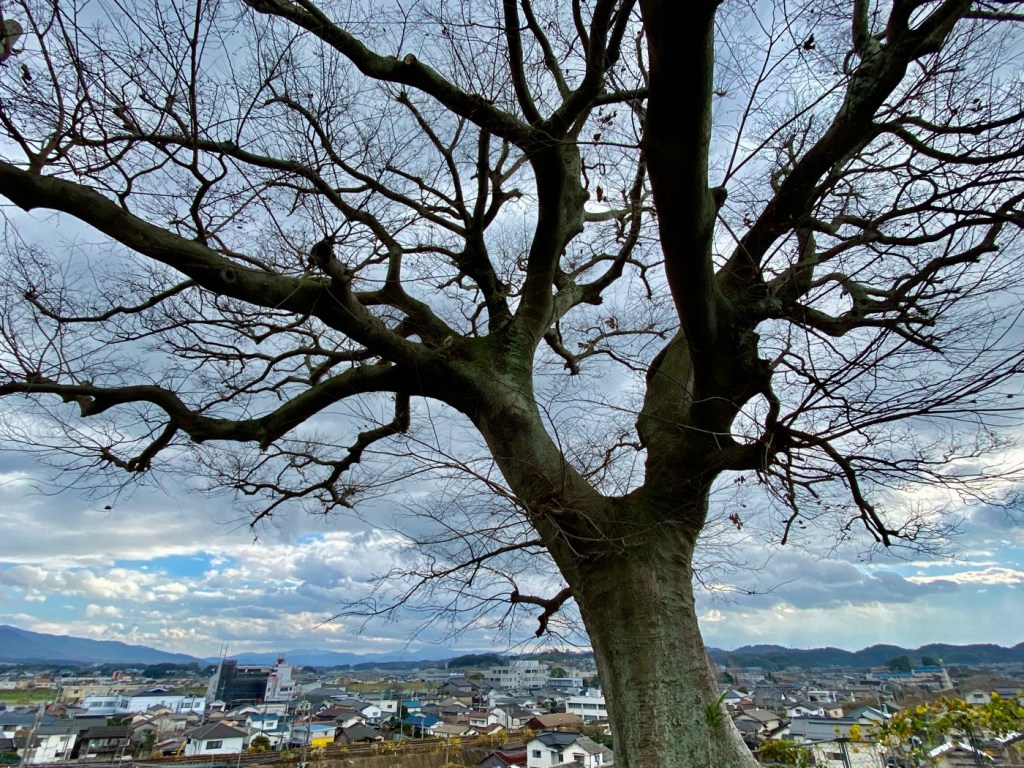
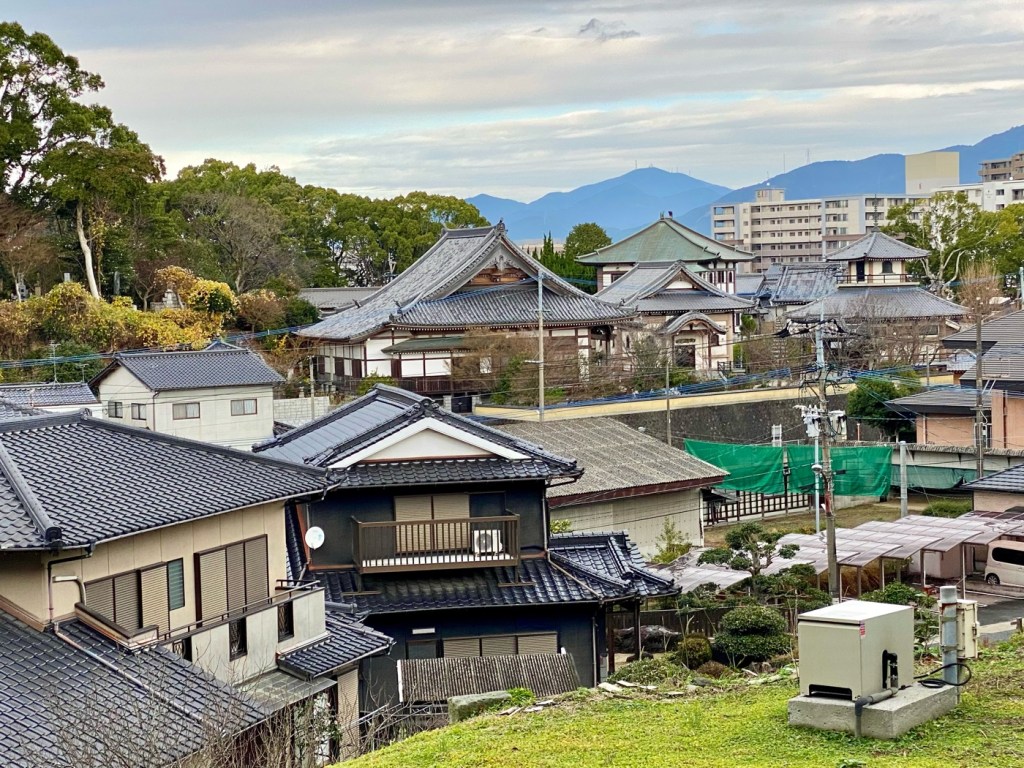
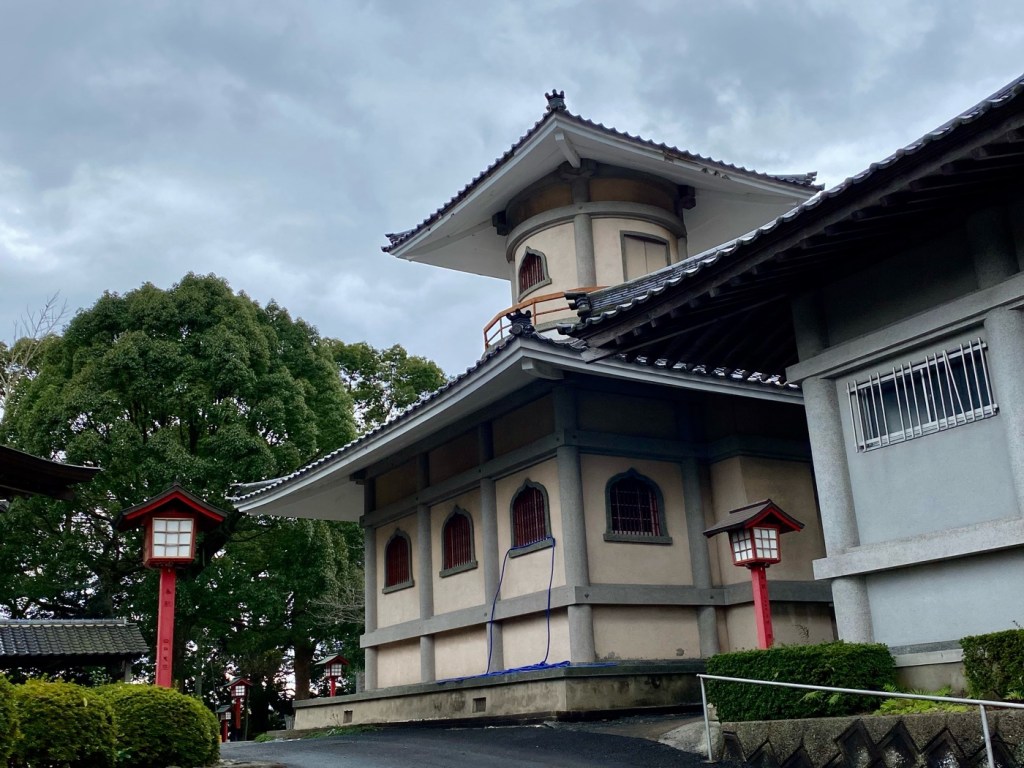
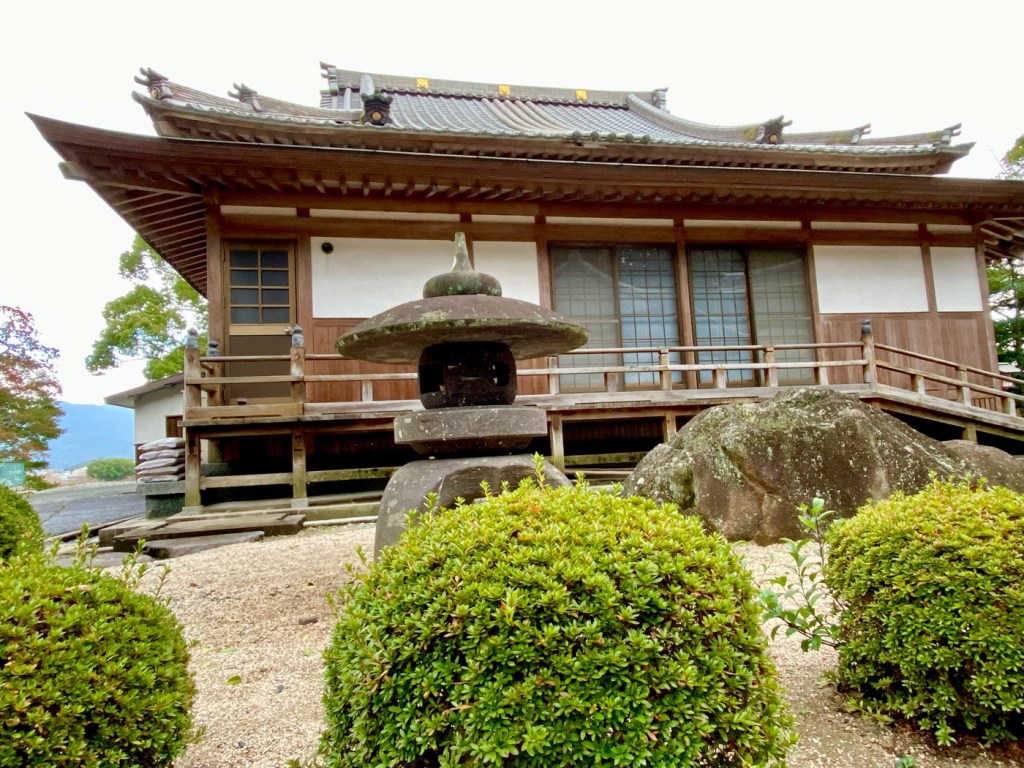
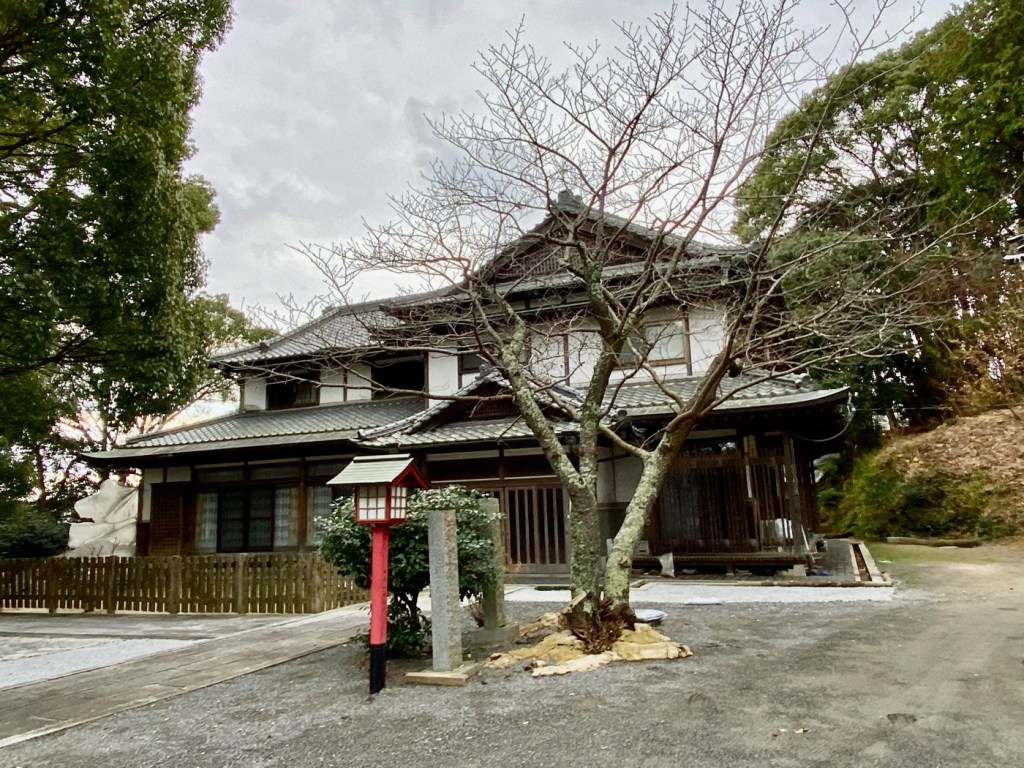
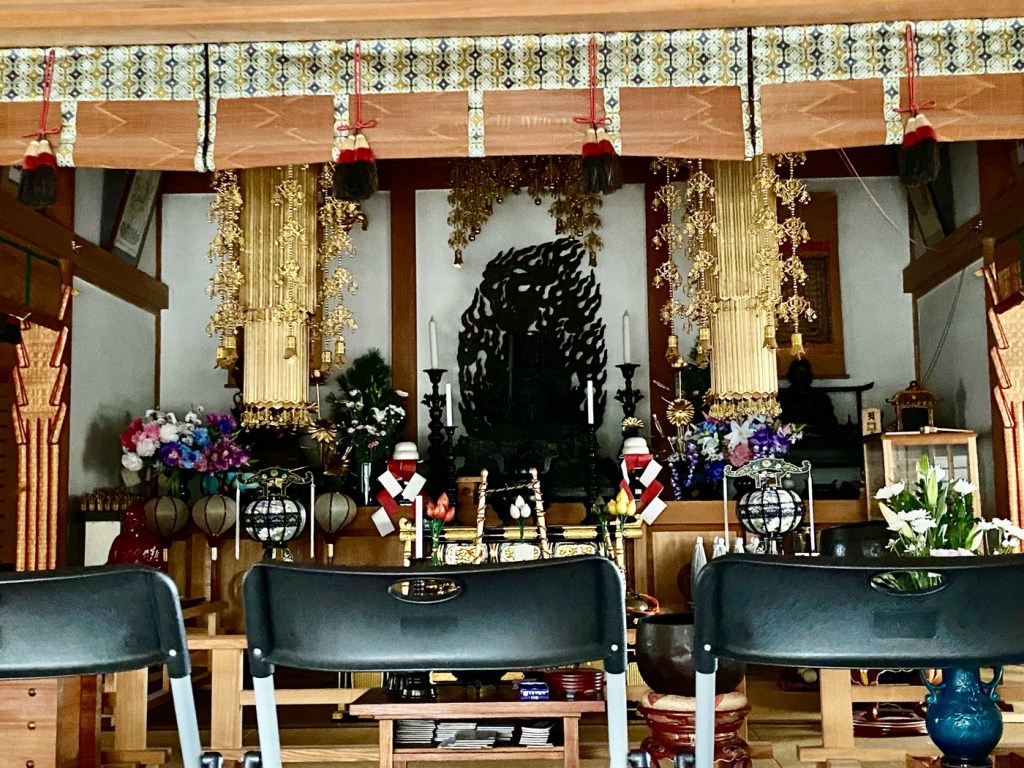
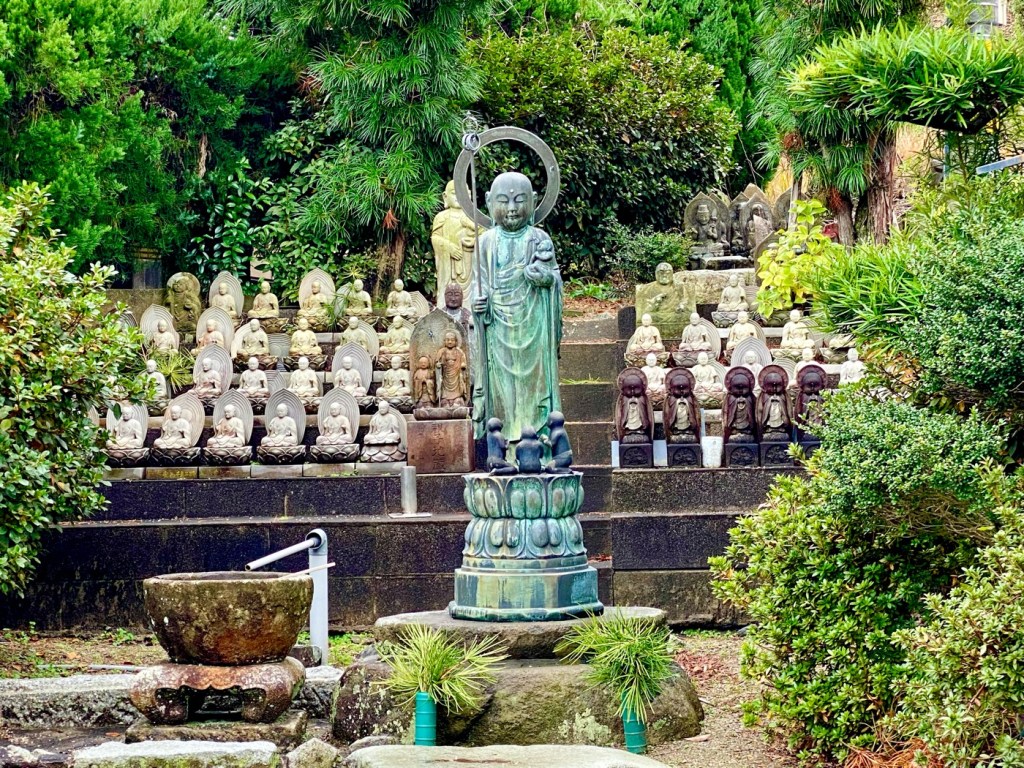
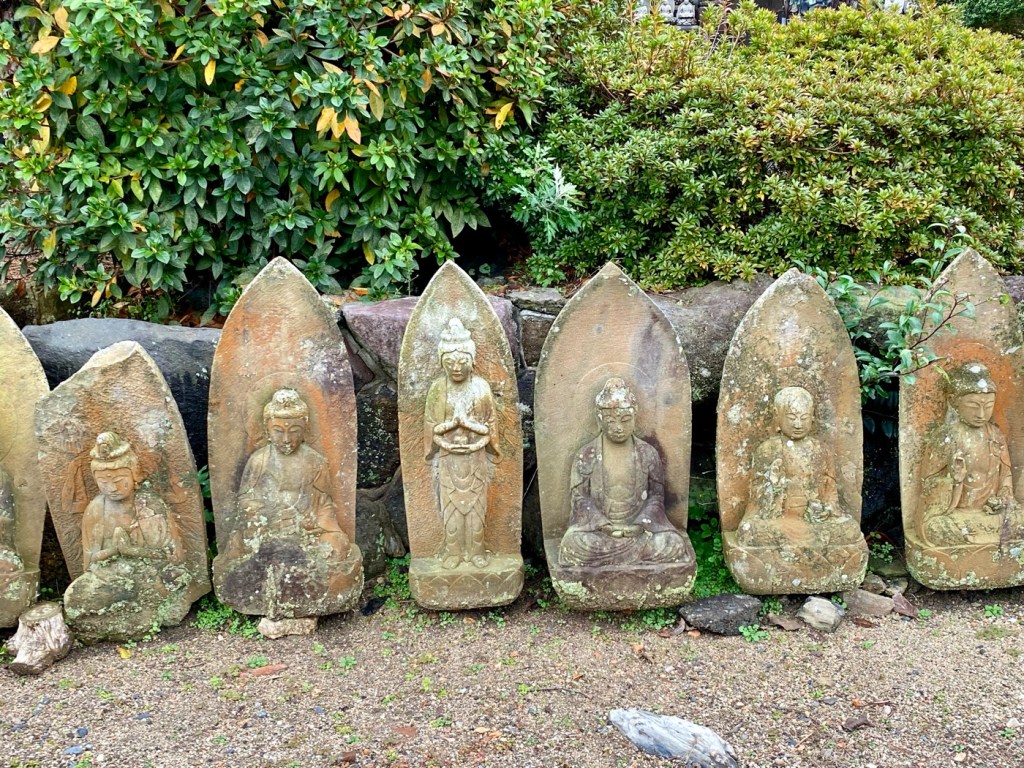
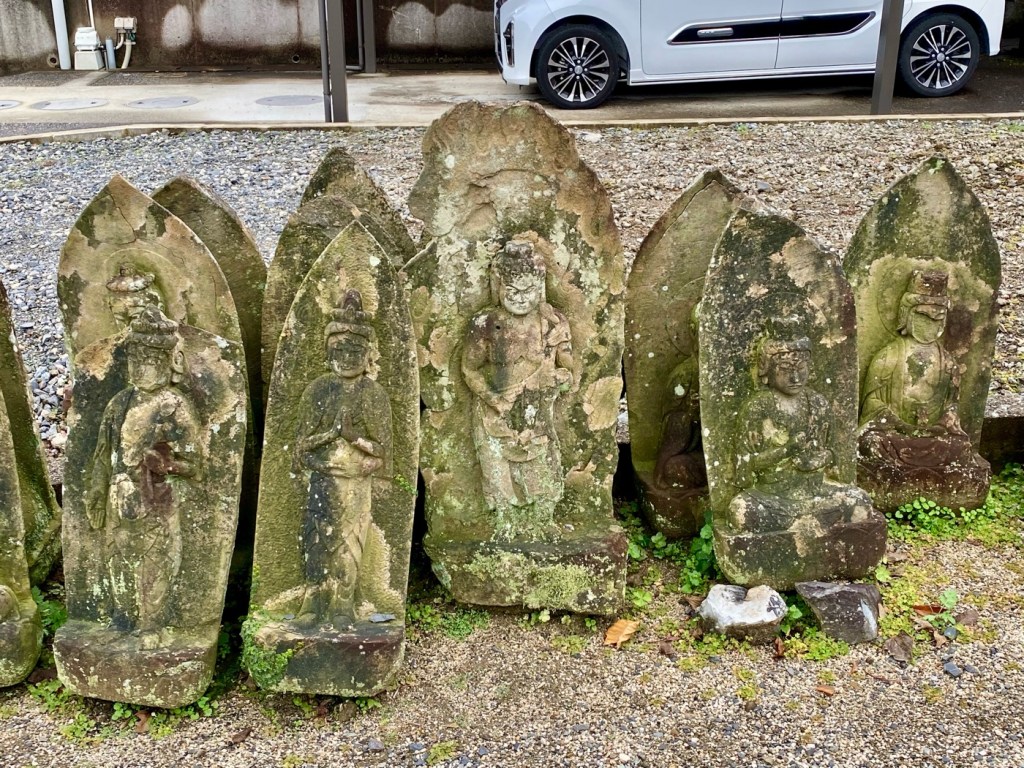
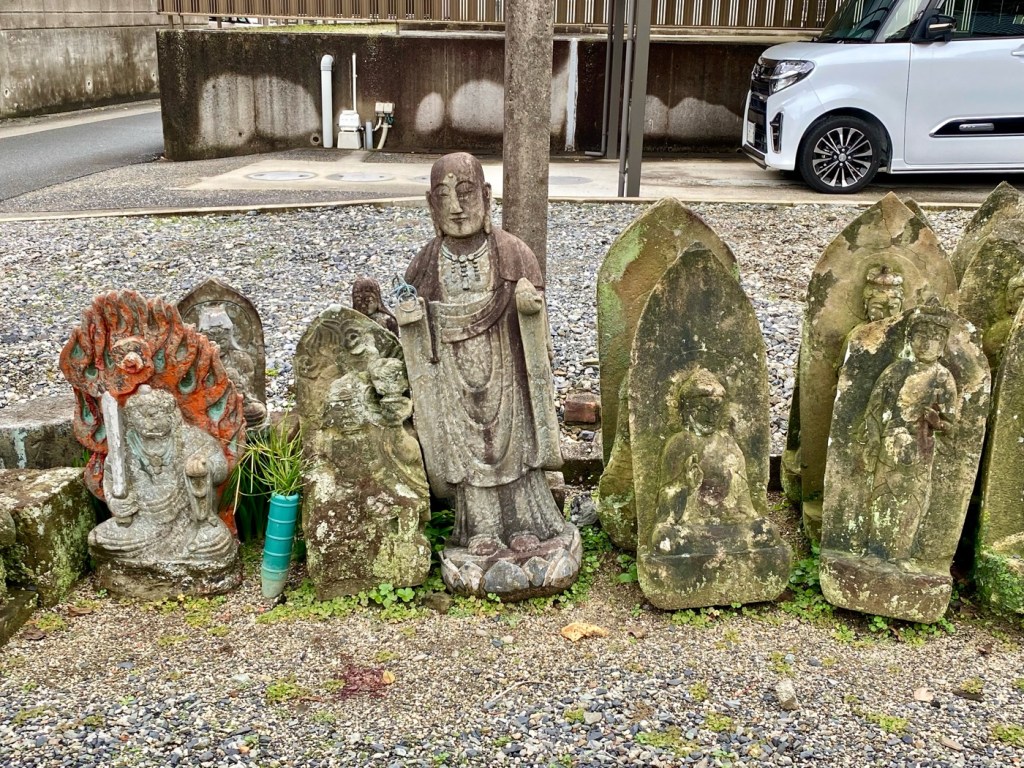
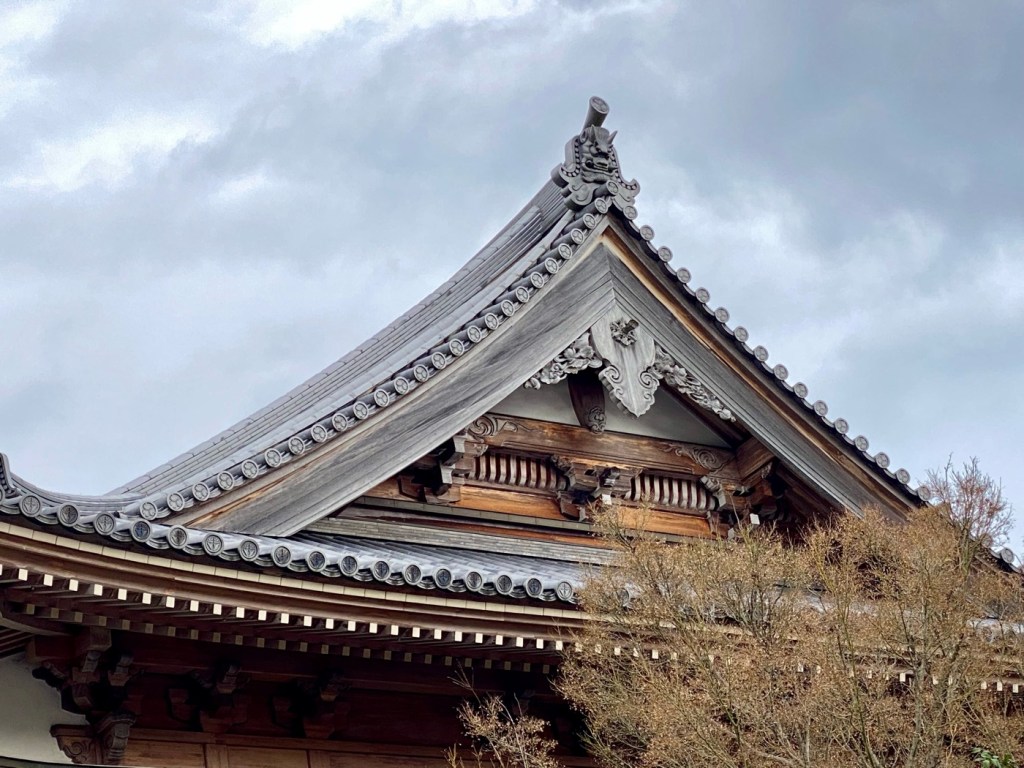
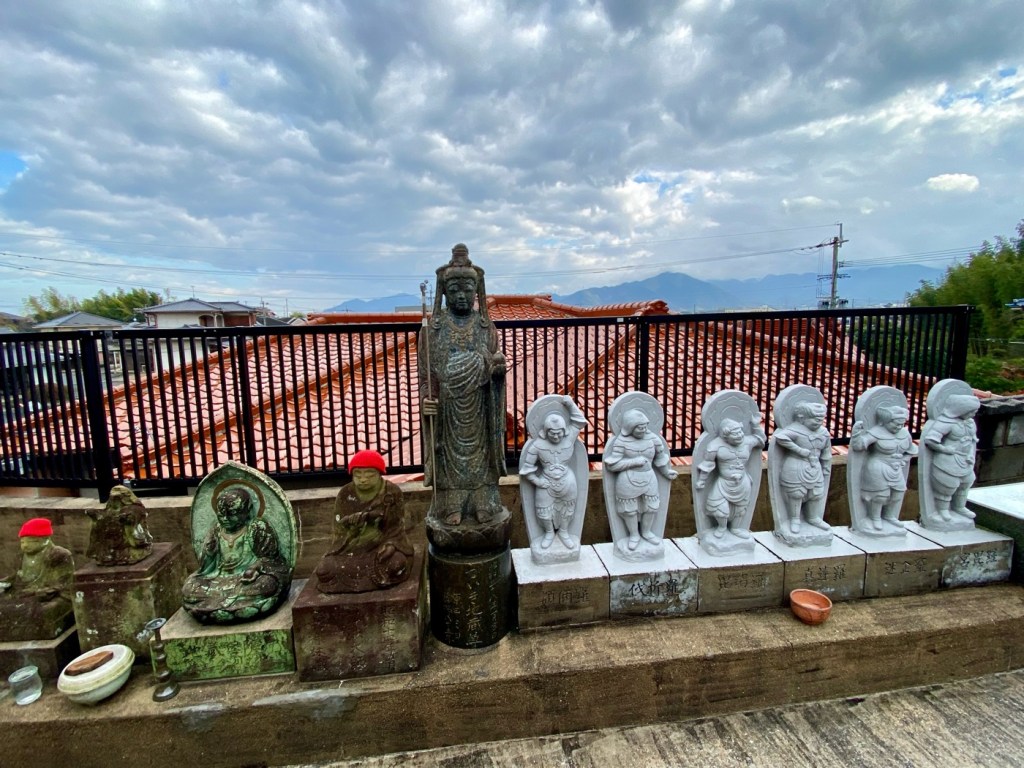
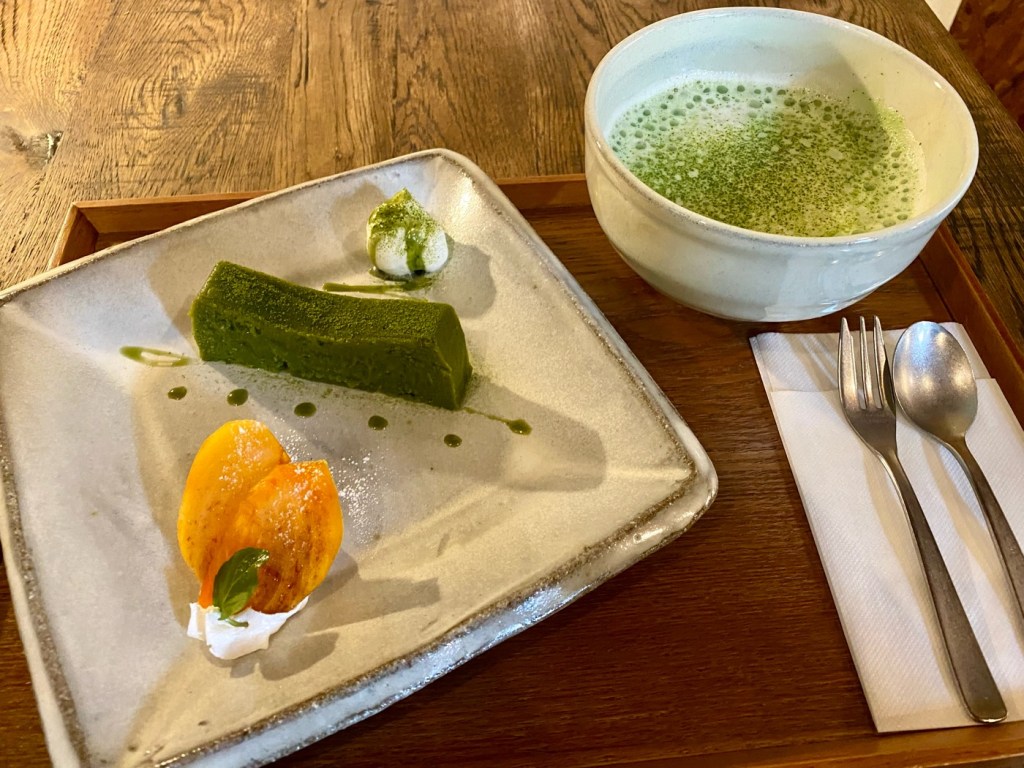
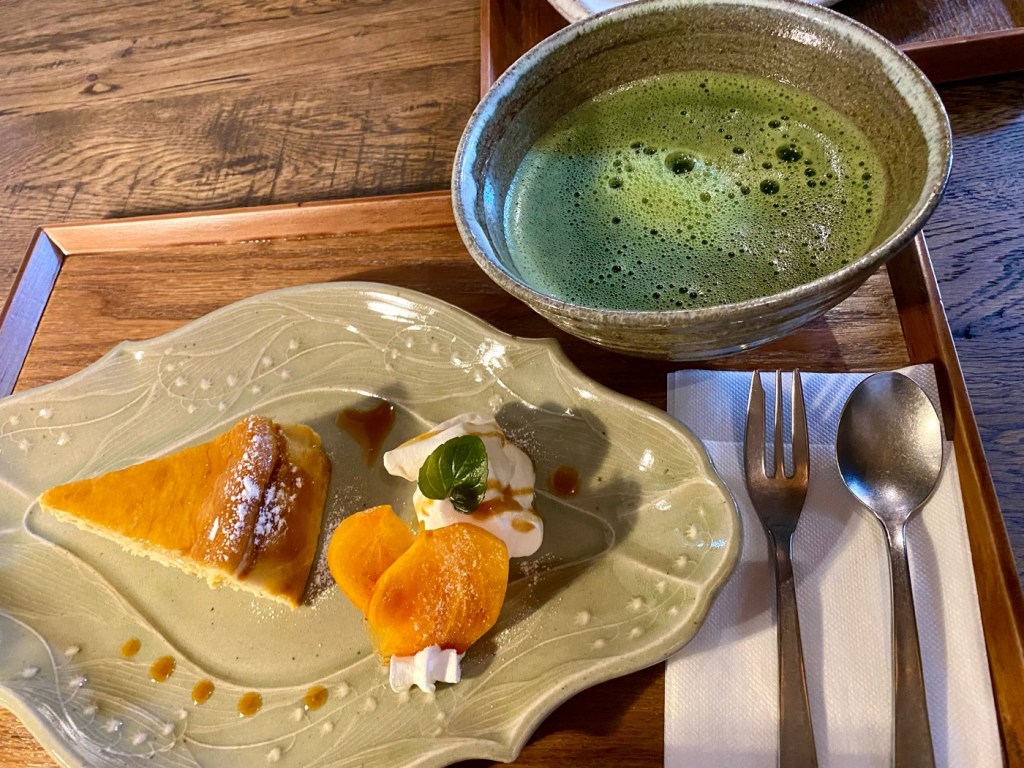
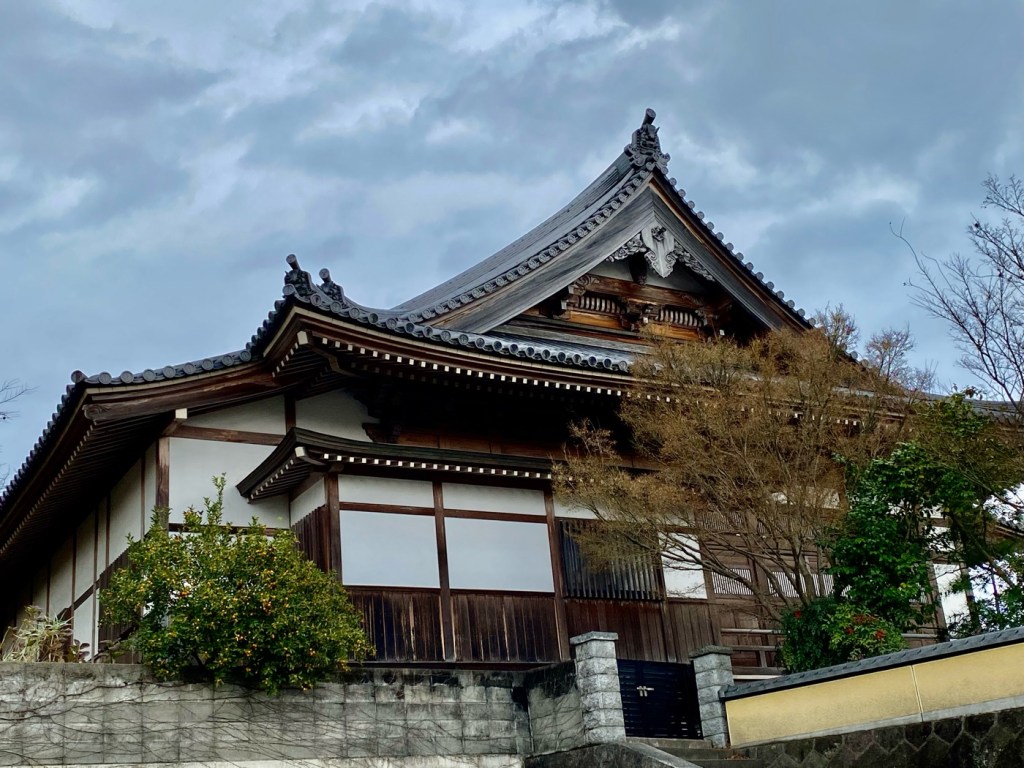
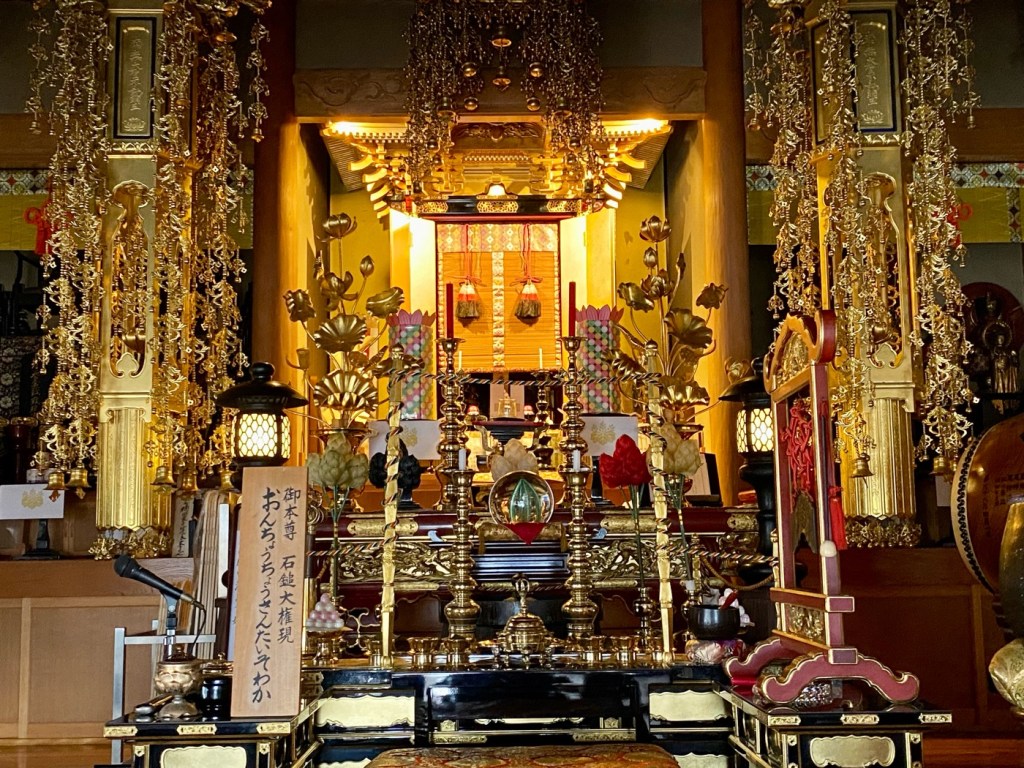
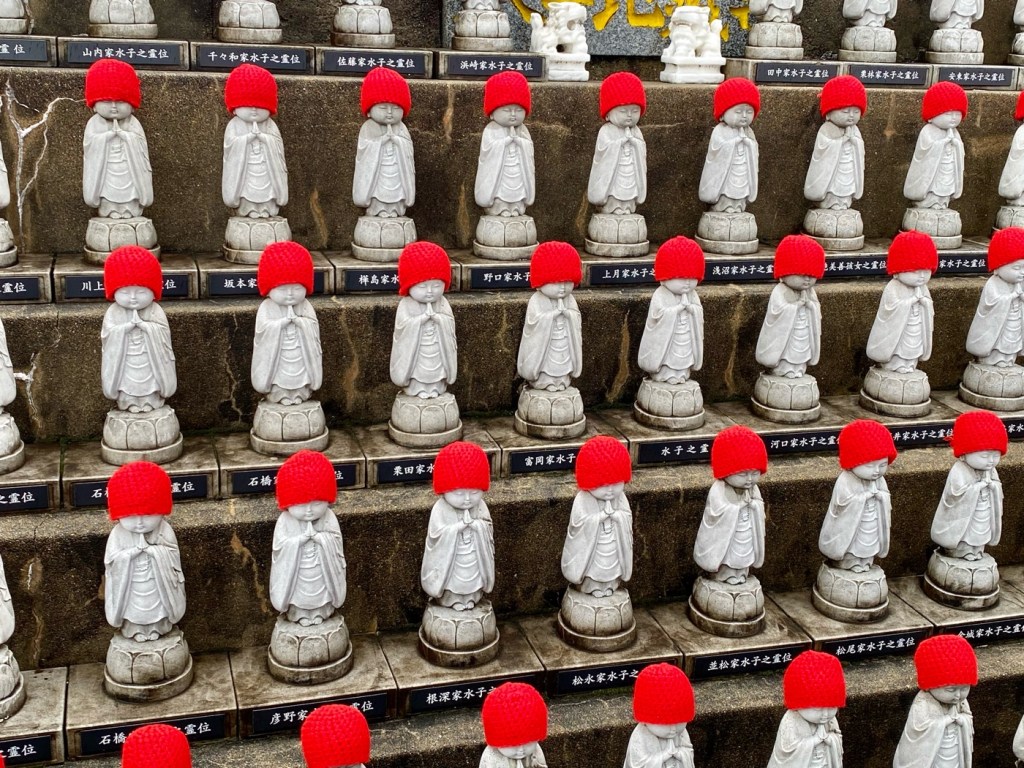
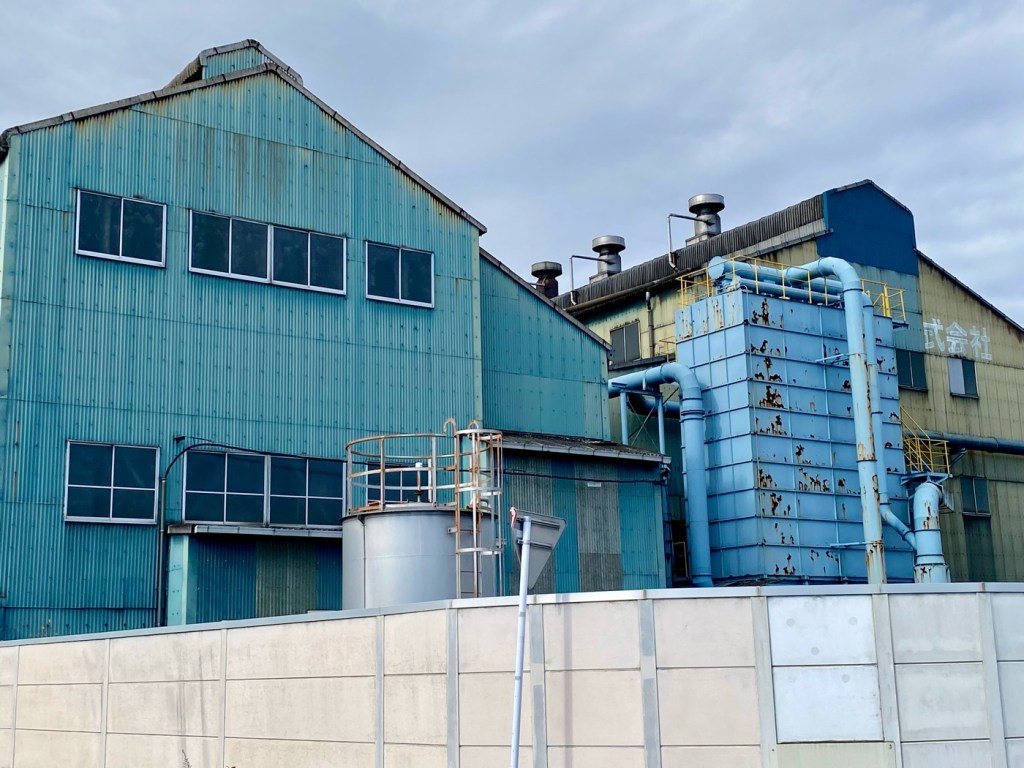
Day 82 - Visiting Three Temples In Nogata, The Kyushu 108 Temple Pilgrimage, Japan
This morning, while enjoying a good breakfast in our hotel, seated by the window overlooking the beautiful zen garden which is the pride of the hotel, we talked about how bad reviews can wrongly deter you from booking good hotels.
We almost didn’t book this hotel because of a few bad reviews that it got, and it is a clearly a good choice at a very good price.
In most of the places on our pilgrimage, we didn’t even bother to read the reviews, because there were so few hotel choices available.
But in the cities, there were many choices, and the reviews were vicious.
We have learned to read between the lines of bad reviews.
We never pay attention to reviews that complain about bad service, because that is very much an individual experience.
Our experience has been that there is excellent service all around the world.
We never encounter problems on this front.
Then there are reviews that complain about finding a human hair in the shower, or furniture with scratches, or bath towels that were not so white.
We also tend to ignore those reviews, because humans are creatures that shed hair, and it is inevitable to find a hair here and there.
If you travel as often as we do, you have to adjust to lower standards and lower your expectations of the level of comfort you will encounter.
Most of the places we stay are not cleaned to my level of cleanliness, but I have learned to overlook, avert my eyes, ignore and make myself appreciate what is offered, instead of always feeling dissatisfied.
The bad reviews that we do listen to include repeated mentions of cigarette smoke in non smoking rooms, repeated complaints about noise, malfunctioning air conditioning, no pressure in the shower or no hot water and a few other complaints.
This hotel has a lot of bad reviews about the size of the rooms being too small, which is true if you booked any of the single rooms.
Like many other hotels in Japan, the rooms were designed for single businessmen who travel alone for business.
We booked one of the corner rooms, which are well appointed and were designed for two people.
The room was spacious and had a seating area overlooking the beautiful garden below.
It is not a luxury hotel, just a fairly priced city hotel in a good location.
No frills, no Onsen, but a good choice for us to stay at while we finish the pilgrimage.
The three temples we visited today were located in the Nogata area.
The temples were pretty much lined up on an imaginary line from the north to the south towards Lizuka, which we had already visited earlier in the pilgrimage.
We started by visiting the temple to the north, Temple #16, Ryu Aoyama Zenkaku-Ji.
The temple is located in a small town called Ueki.
Ueki is just south of Kitakyushu City and north of Nogata City.
It is a rural area with the Inunaki River and the river basin at its heart.
The Inunaki River is a tributary of the Onga River, and the area has prospered for a long time, as it is on the path of the Nagasaki Kaido Road.
Zenkaku-ji Temple is located on a hill overlooking the rice fields below.
The entrance is hidden from view by some houses at the front.
The area had other beautiful temples around.
We climbed up to the temple just as the lady was driving away.
But she came back when she saw us.
The principal image of this mountain temple is called "Mr. Ishizuchi of Ueki" and "Mr. Fudo of Ueki" and it is believed to heal diseases and give immeasurable merit to those who visit.
There are many Buddha statues in the precincts, including Fudo Myoo, Mizuko Jizo and Rokujizo.
The temple is known in the area as a consultation center to help those who are worried.
I was not surprised that the temple has such a reputation, as the lady was really nice and lovely.
She stamped our book and scroll and as she noticed that our scroll was almost full, she asked many questions about our pilgrimage, expressed real sympathy and awe, and gave us so many gifts that it felt like, had we stayed any longer, she would have given us the keys to the temple.
We thanked her a lot and left quickly.
Such a lovely lady.
As we continued our walk, we noticed that the air had a bad smell, which turned out to be one metal factory that was the culprit, but because it was a very windy day, it had spread around the area.
From the end of the 19th century to the mid-20th century, Nōgata flourished as a center for mining coal.
The Chikuhō region had the largest output of coal in Japan, but as their primary energy source changed from coal to oil, all coal mines in the area were closed.
Since then and even now, the population in Nōgata has been in decline.
When we walked in the streets, we saw many closed shops, and the covered shopping streets were mostly closed.
Another interesting piece of information about Nōgata is that it is where the world’s oldest recorded meteorite fell to earth, on May 19, 861.
We stopped at a small flower shop and cafe, and enjoyed green matcha tea with a matcha and banana cheesecake.
The portions were very small, so it felt like a great break without being too indulgent.
We continued our walk to Temple #14, Mt. Myoken Torenji Temple (Myokenzan, Torenji).
It is a historic temple, located up a steep hill on the slopes of the mountain.
In ancient times, the Torenji Domain was a branch of the Fukuoka Domain.
The temple’s grounds are lovely, with a pagoda and a few halls.
The principal image is Fudo Myoo and it is enshrined in the main hall alongside a seated statue of Shaka Nyorai Buddha.
Nobody was in the temple when we arrived, but the main hall was open.
We took off our shoes and we prayed, chanted and stamped our book and scroll ourselves.
From there, we walked to the next temple, located in a lovely neighborhood that is known as Shimosakai Village, with narrow streets, beautiful temples and nice traditional houses.
Temple #15, Qinglongshan Saikyoin (Seiryuzan, Saikyoin), is a small temple with a neat and well kept entrance.
The main hall was locked and we saw no car parked nearby.
We rang the bell and a sweet old priest opened the door.
Initially, he was surprised to see foreigners but quickly realized that we were pilgrims.
He opened the main hall for us and offered us low chairs to sit on while we prayed.
He stamped our book and scroll and was delighted to hear us chant.
He seemed to come alive the longer we stayed and was full of energy and light, when at first he looked so elderly and hard of hearing.
He asked many questions about our journey and said that it looked like we were almost done with the pilgrimage and that we could finish it tomorrow.
The foundation of Saikyo-in Temple began in the middle of the Heian period (around the year 900), when a monk called Ganjo Hoin built a thatched hut here and enshrined an eleven -faced Kannon in order to quell a plague that was ravaging the village.
That eleven-faced Kannon is still the principal image, and it has been widely believed since those ancient times to be especially effective in healing diseases.
The priest showed us around the temple, pointing to the distinctive Thai style Shakyamuni Buddha that shines in a golden color, and is bound with a demon seal from Thailand.
In the Daishi-do Hall behind the temple, there is a water-well that is said to have been opened by Kobo Daishi, who visited this area after his return from China.
Kukai crossed Mt. Yagi in the year 807 and stopped by Shimosakai Village on the way from the town of Iizuka to Usa Hachiman shrine.
An old woman told Kukai about the shortage of water in the village, and he struck a rock and water gushed out.
The well still exists, and many people come from far away, for its moisturizing qualities for the mind and body.
Even now, the water does not wither away, and it is worshipped as a "Kobo Daishi spiritual water well".
The old priest was so warm and lovely, that we lingered longer than usual.
He seemed to enjoy having company and pilgrims visiting him in his role as a head priest, instead of just being an old man dealing with his daily decay.
The most interesting thing for me, was that he looked and felt like my old grandfather on my mother’s side.
My grandfather was Iranian, and this priest is most definitely Japanese, who have generally strong genes , but with time, many older people lose their ethnic genetic look and become more universally similar.
With his warm smiles that went straight to my heart, I really saw my grandfather in him.
We went across the street to Kofukuji temple and sat in the vast garden and had tea and some fruit that we were carrying with us.
This temple is a branch of Kofukuji temple that is one of the seven grand temples in Nara.
This temple had some glorious old trees, nice benches and a stone table and convenient toilets.
Then we walked through Nogata town on our way to the train station..
Along the way, we visited a tiny art museum located inside a small house that used to be the local clinic in the late 1800’s.
Most of the shops in the covered streets in town were closed, but it was more lively as we neared the station.
We returned to Kokura city before the rain started.
It was cold and we stopped in a cafe to have more hot tea.
Then we ate a simple Vietnamese dinner, which was very near to our hotel and was not busy.
The night had turned cold and rainy, and it felt so good to return to our room, shower and retire for the night.
Sending you love and blessings,
Tali
Stats: 24,998 steps
Today’s walk: 17.5 km
Kilometers walked to date: 1390 km
Temples visited:
Temple #16 Ryu Aoyama Zenkakuji (Ryuseizan, Zenkakuji).
Temple #14 Mt. Myoken Torenji Temple (Myokenzan, Torenji).
Temple #15 Qinglongshan Saikyoin (Seiryuzan, Saikyoin).